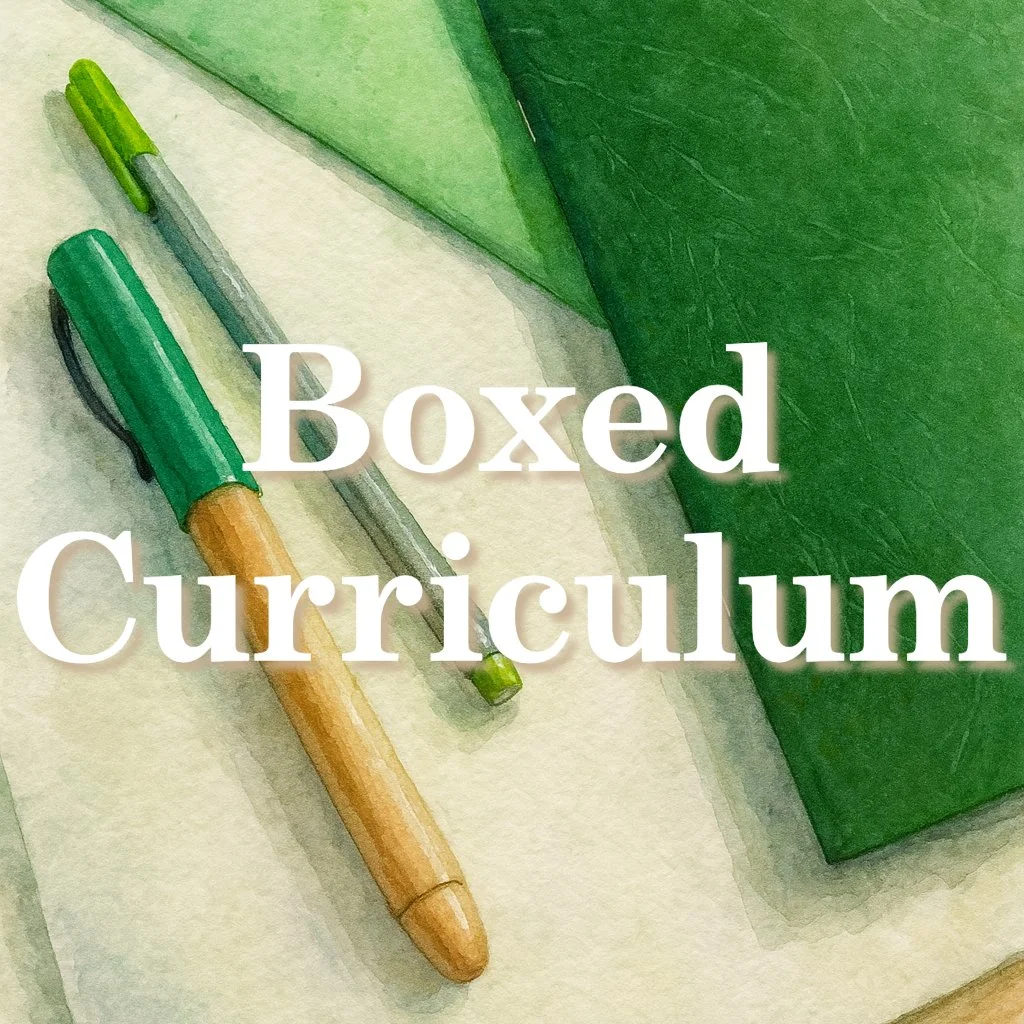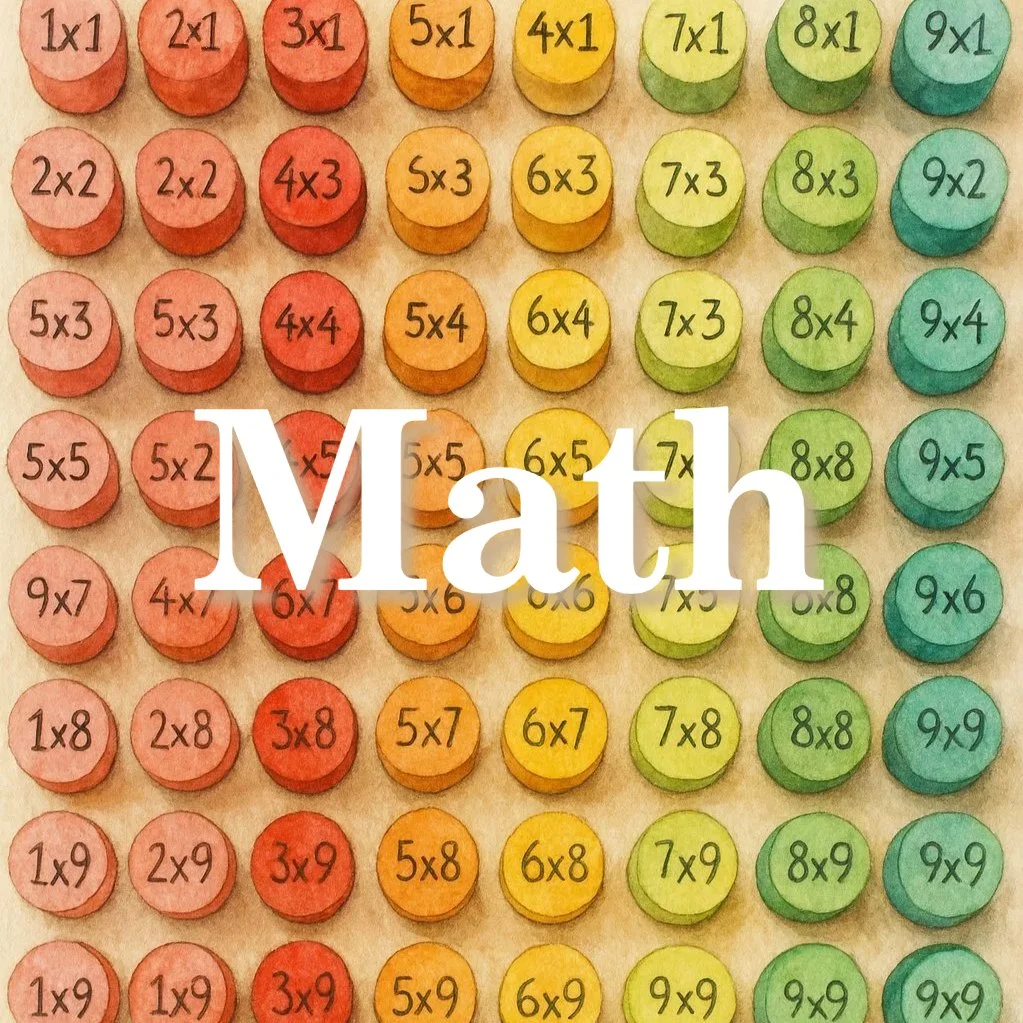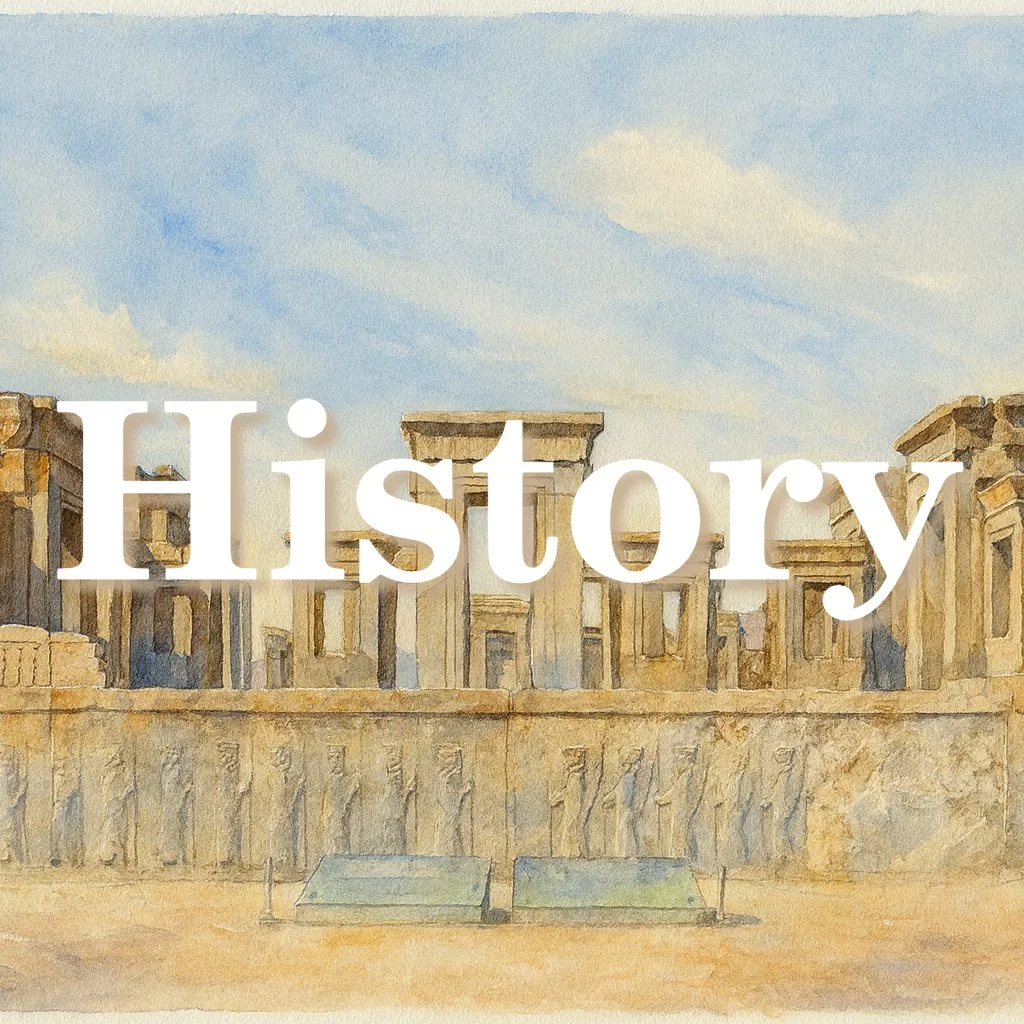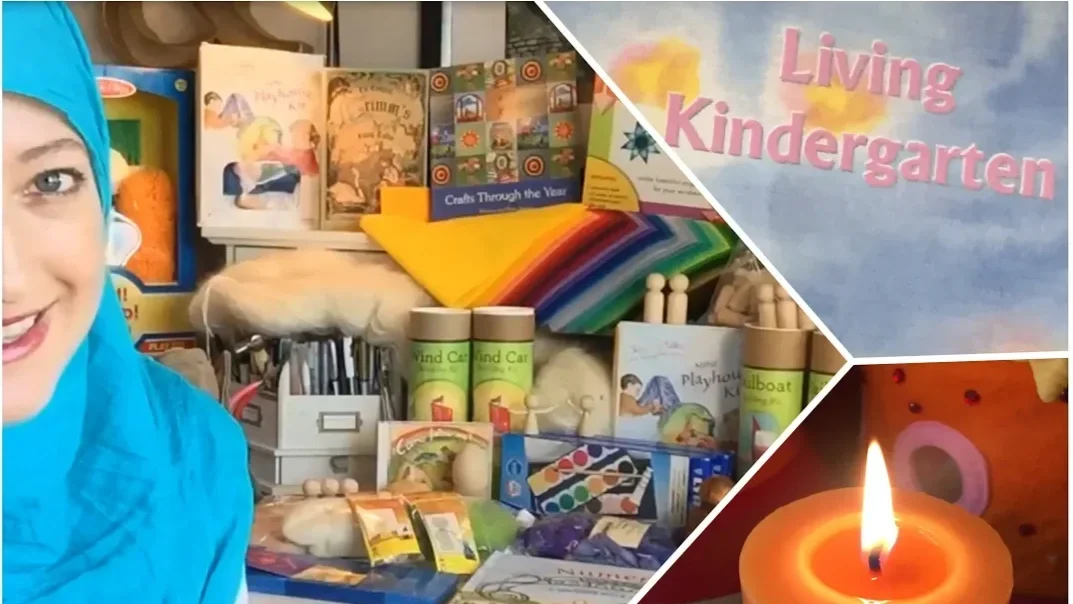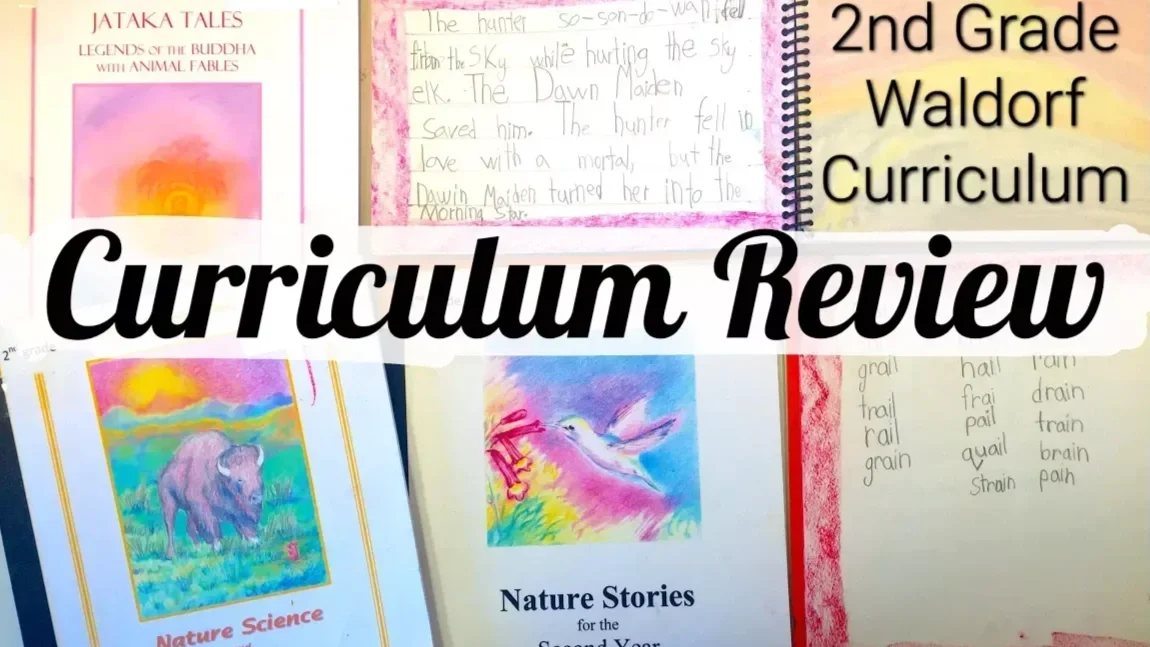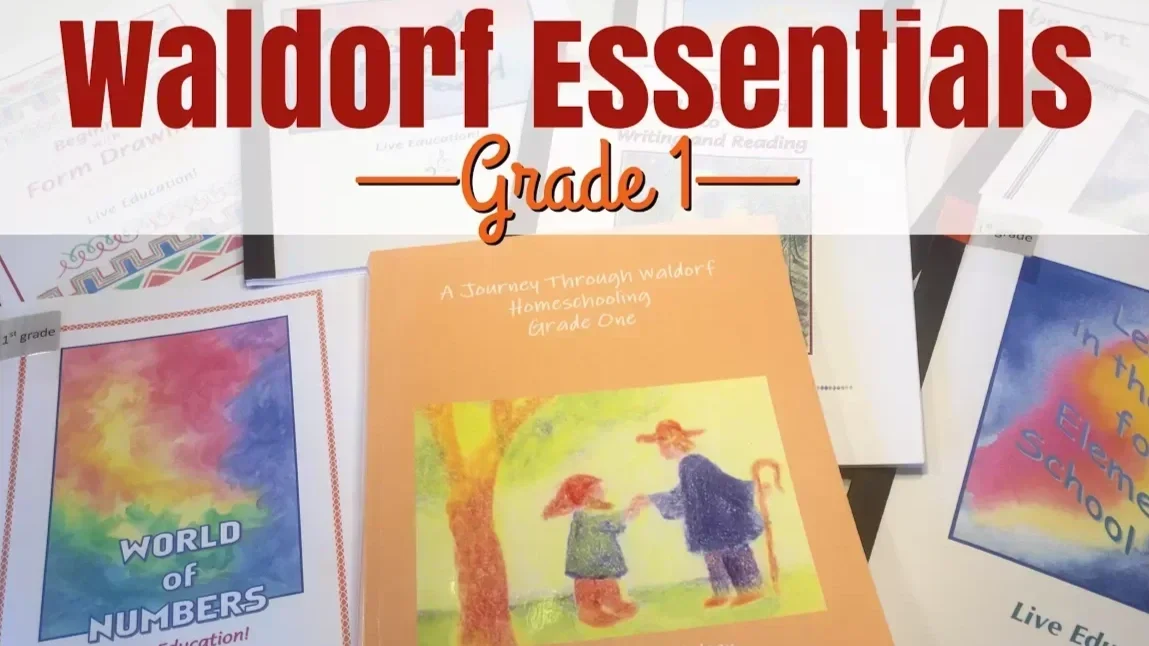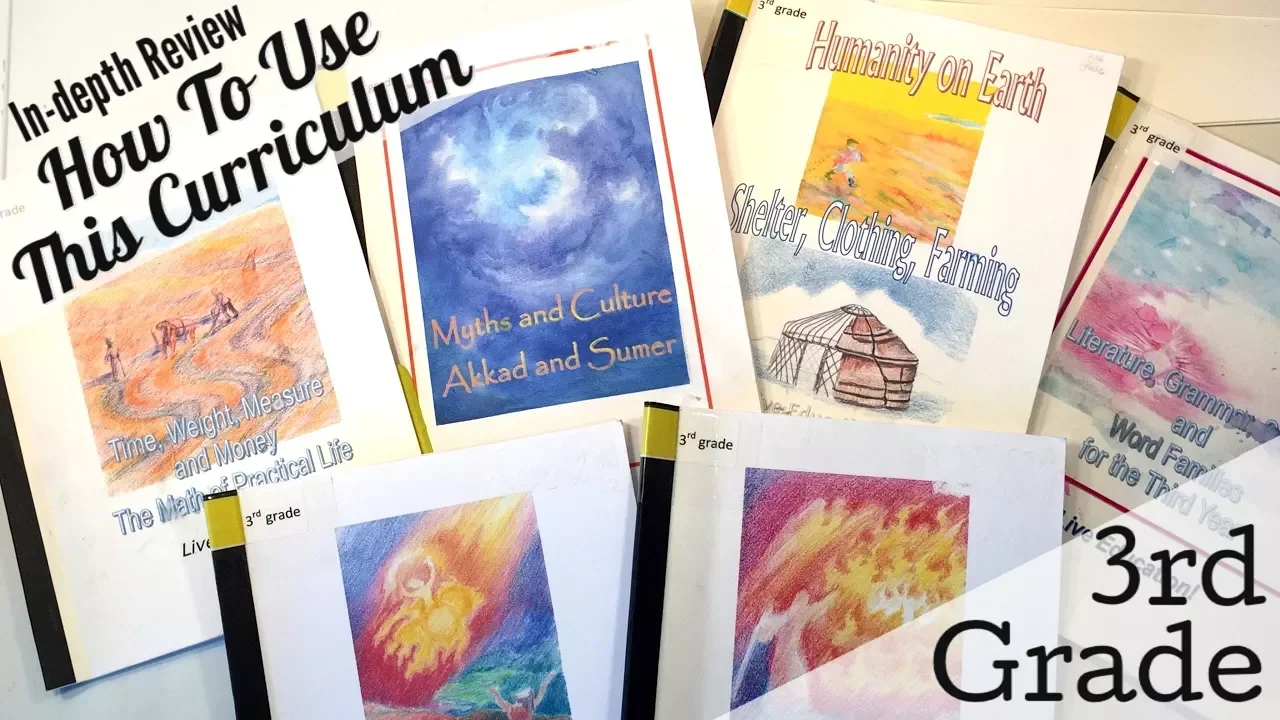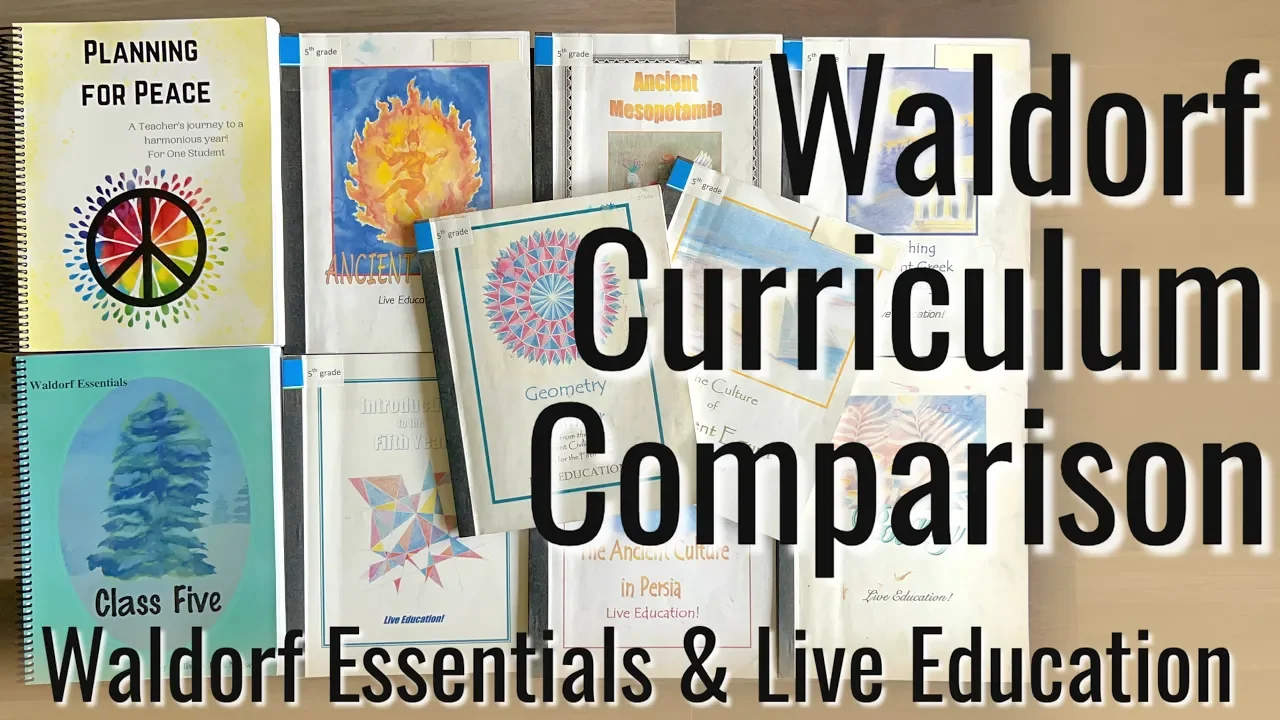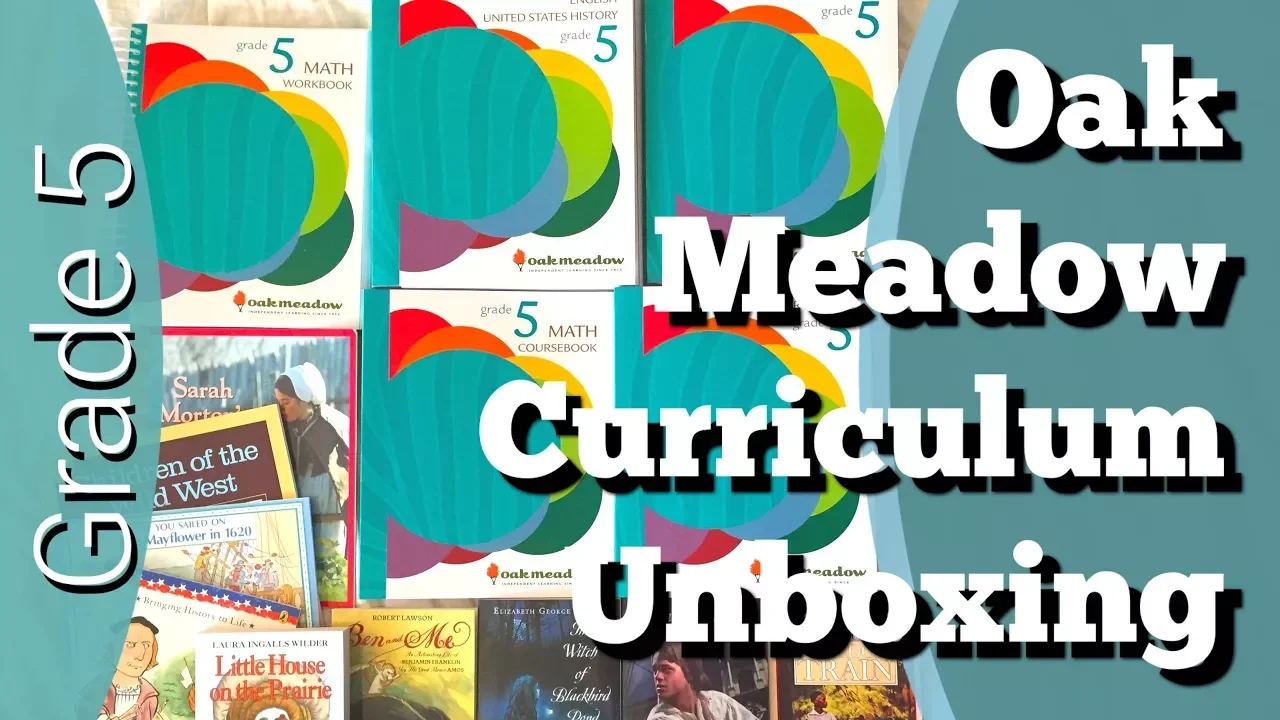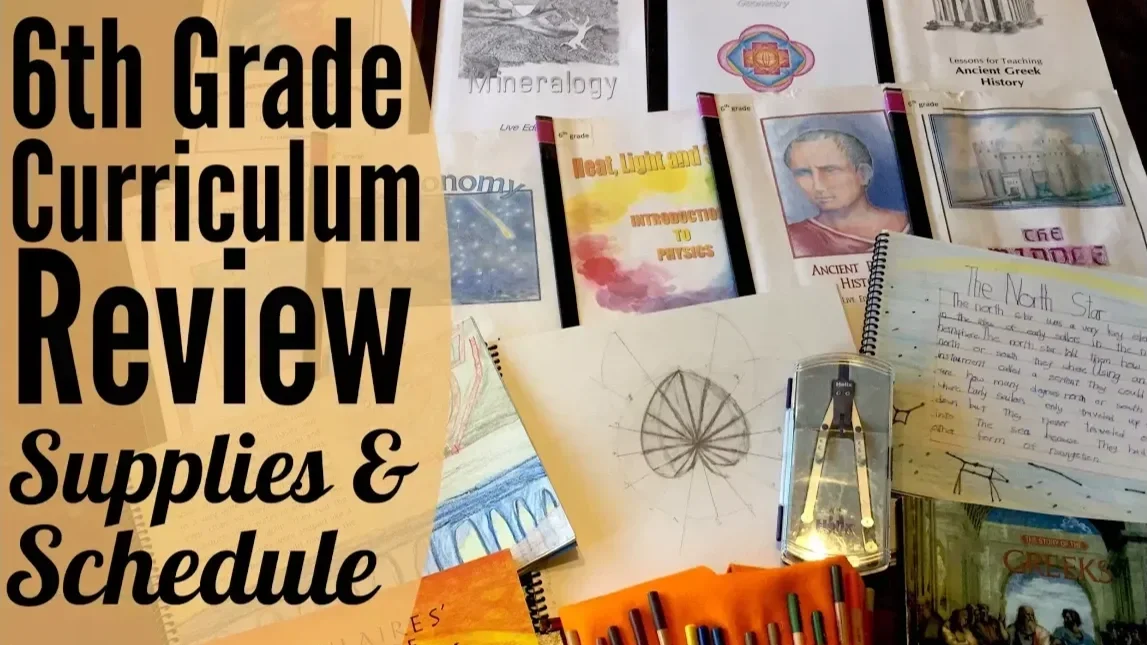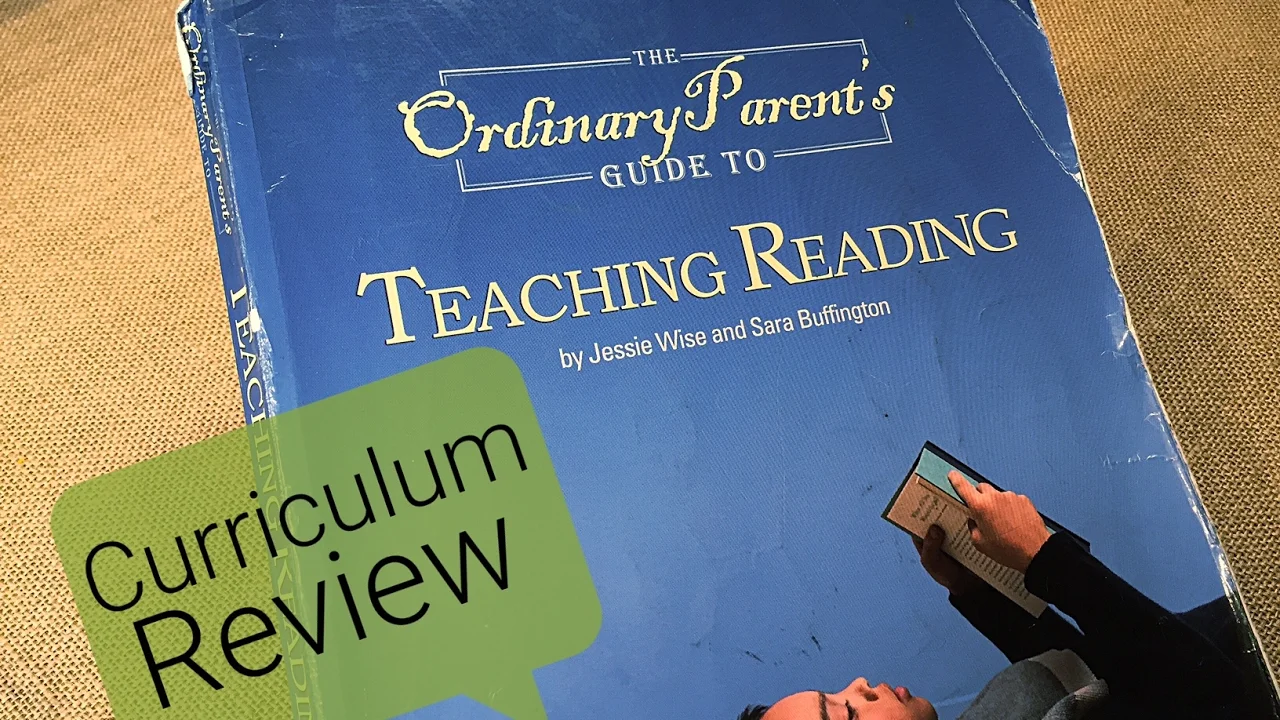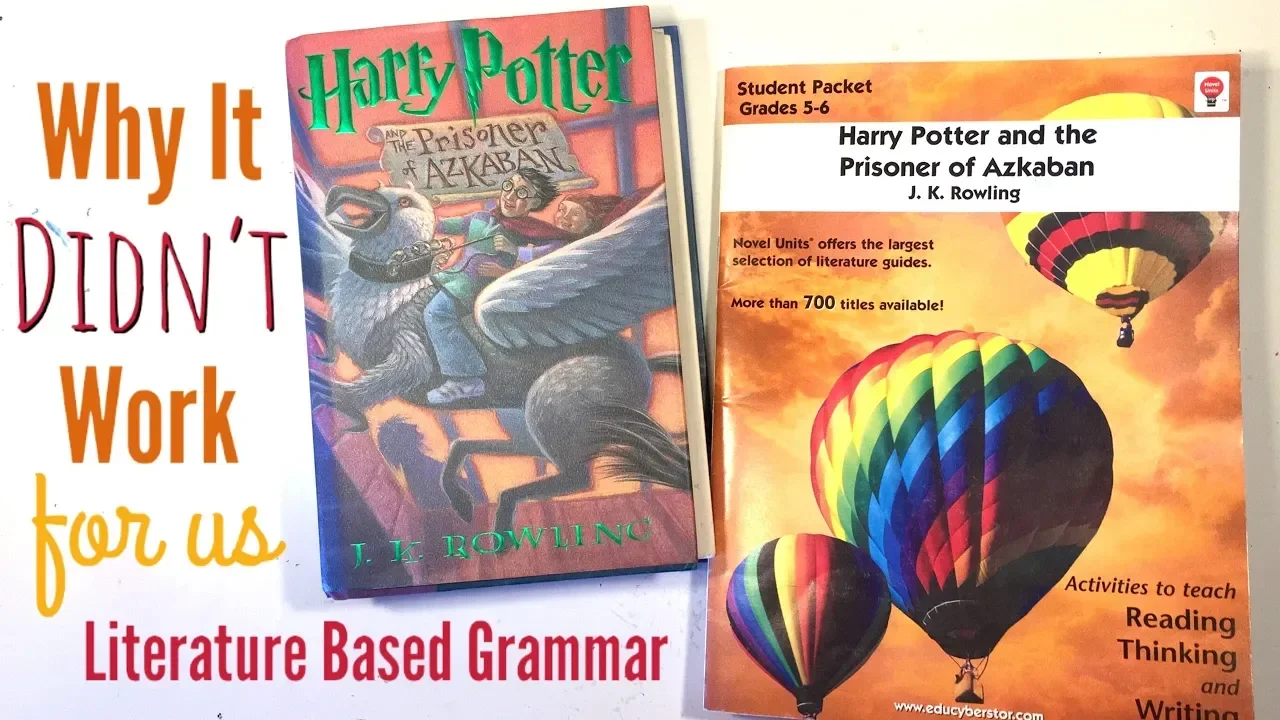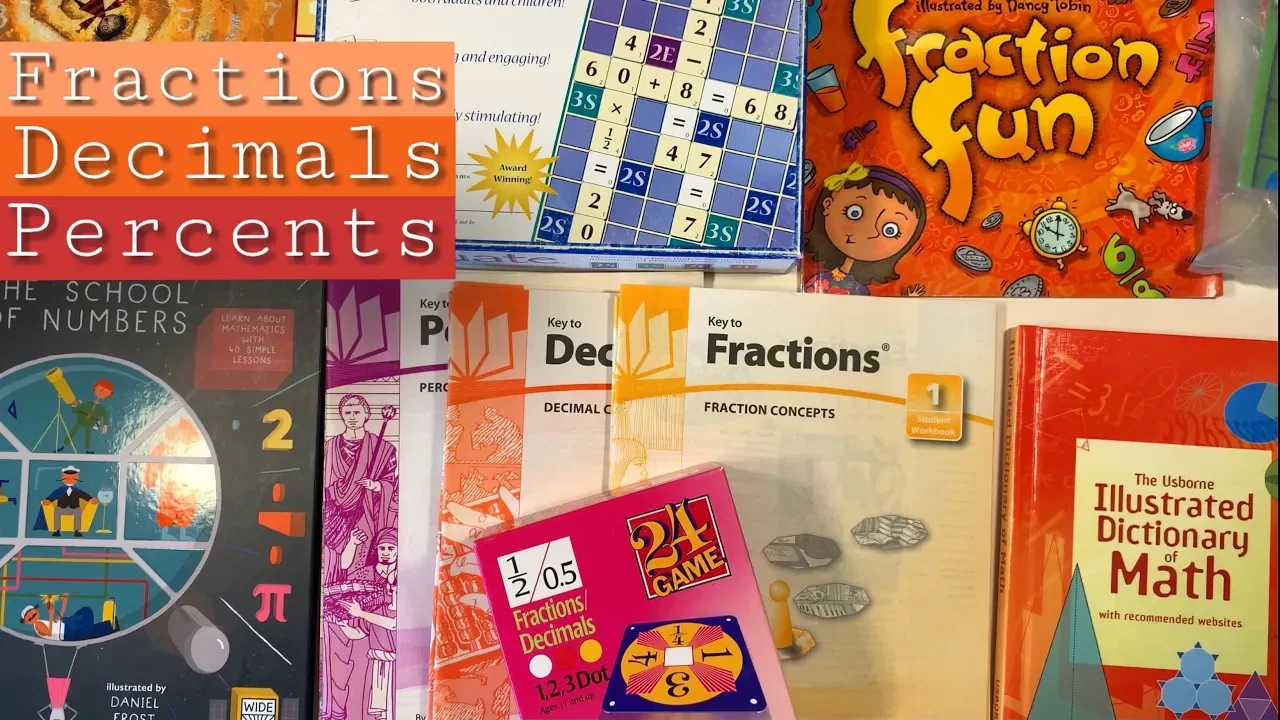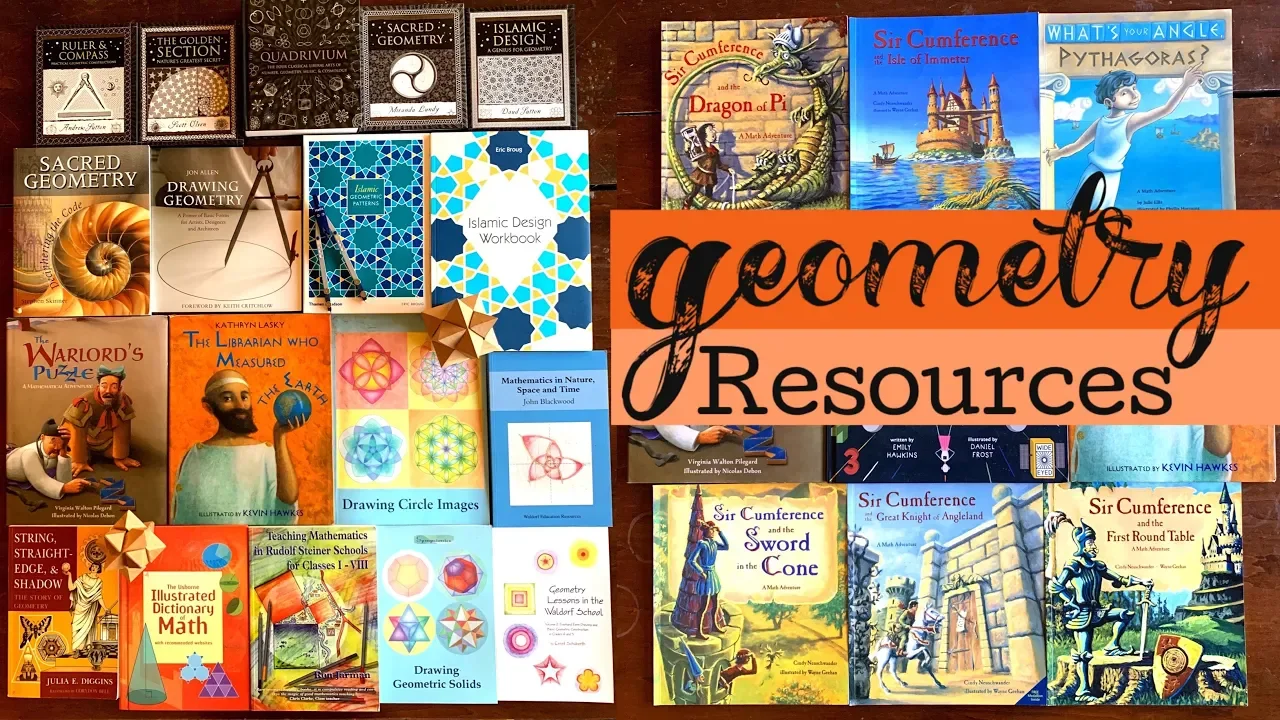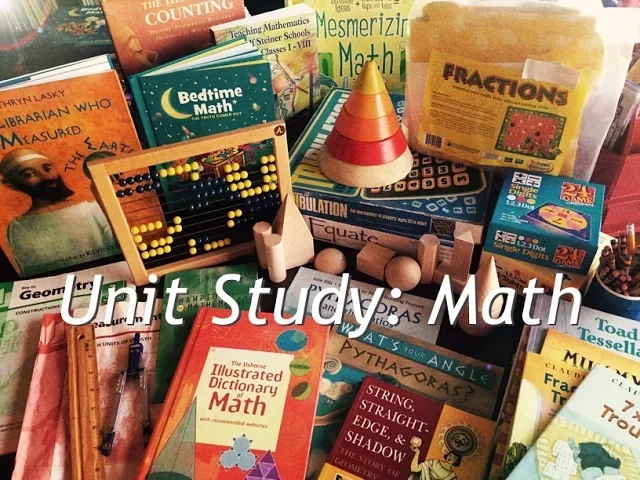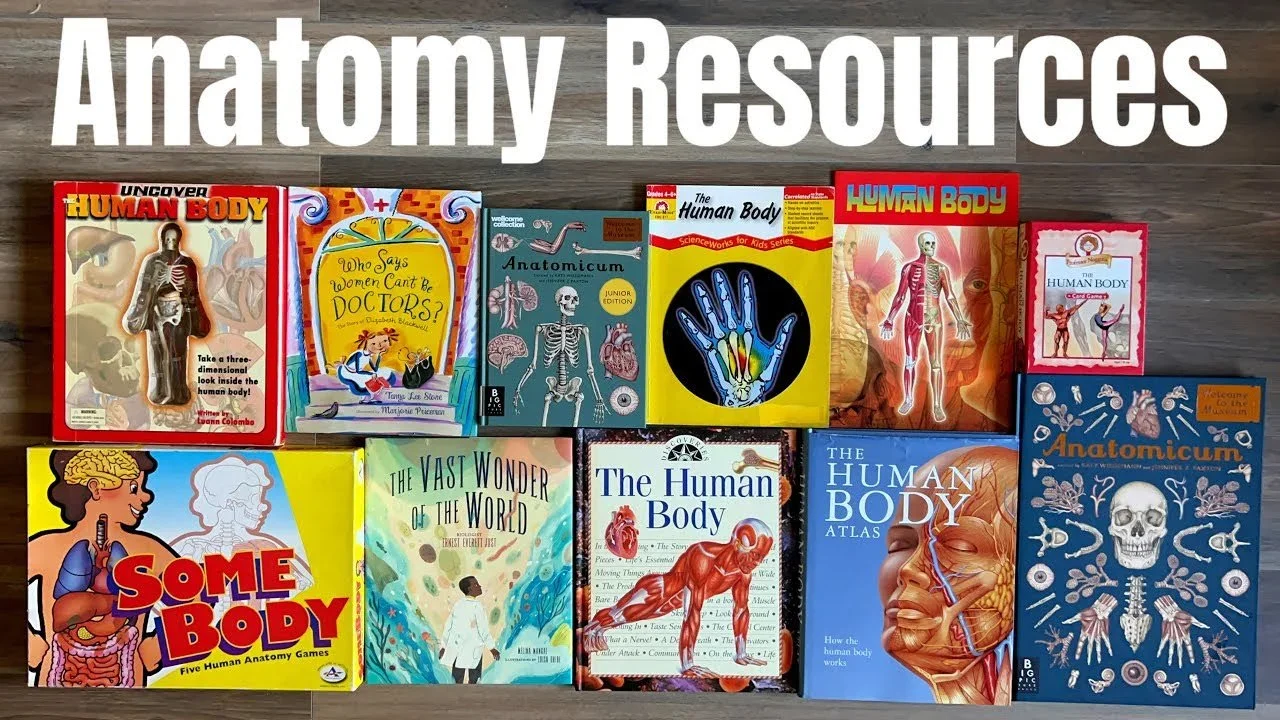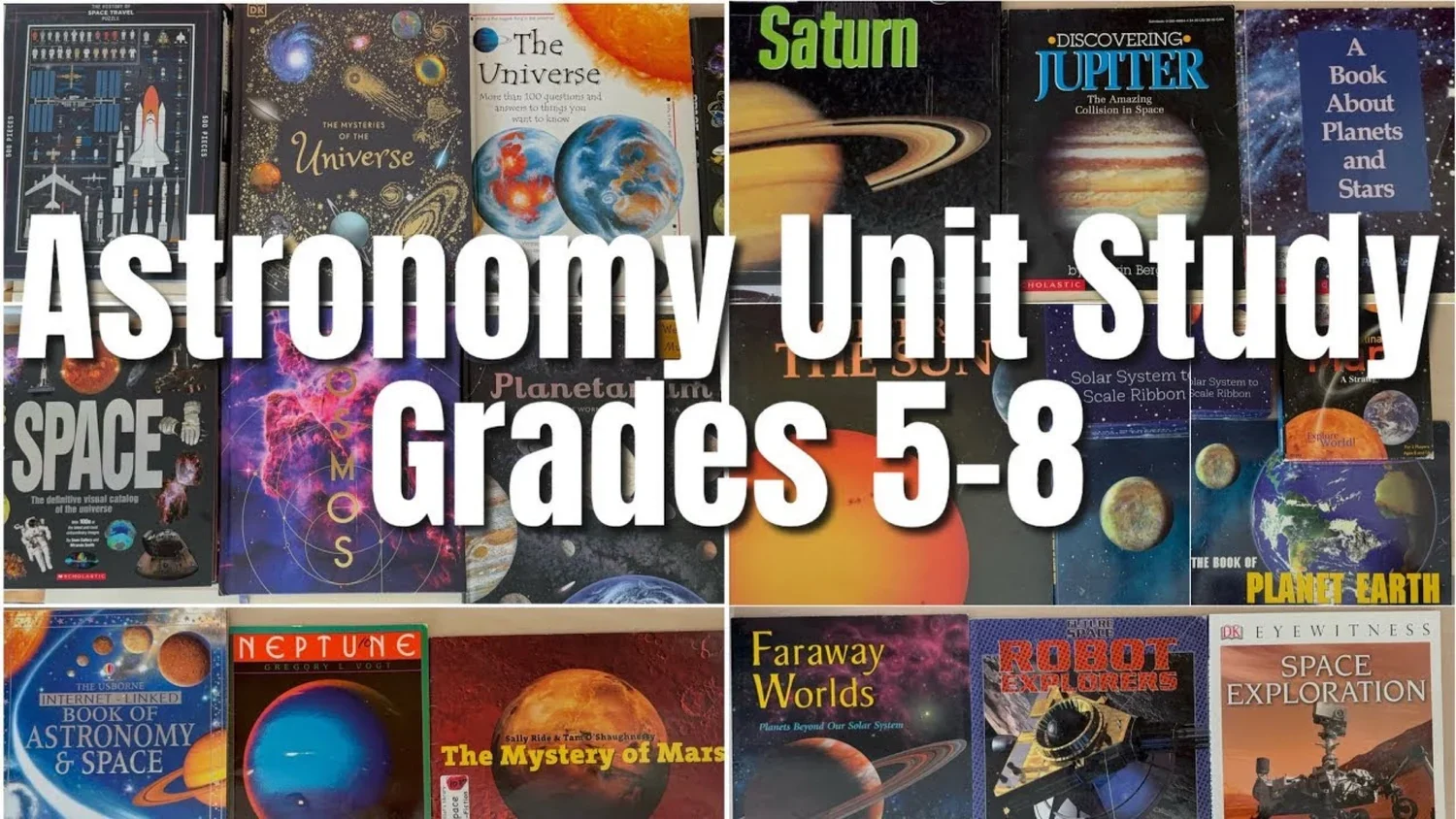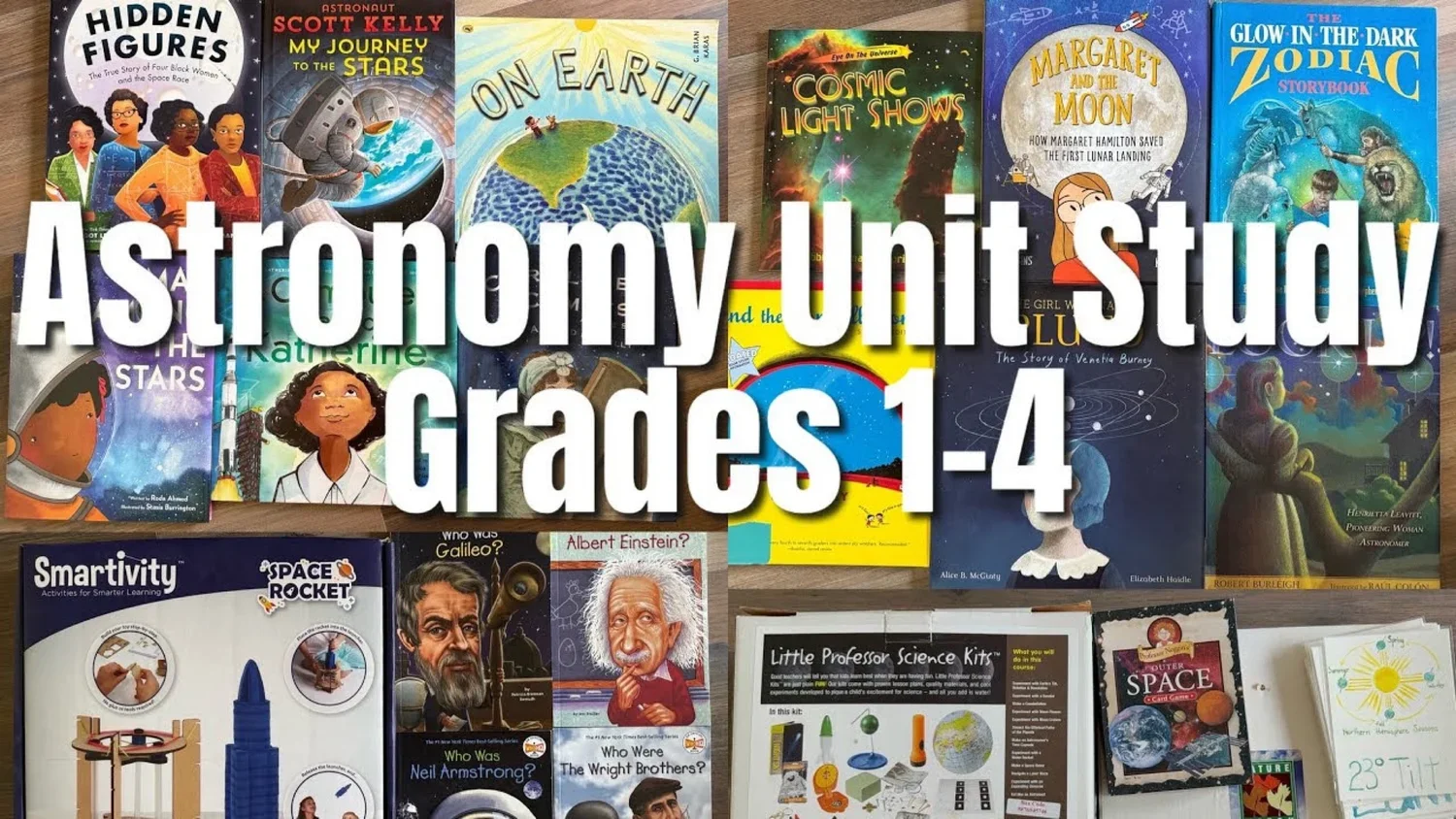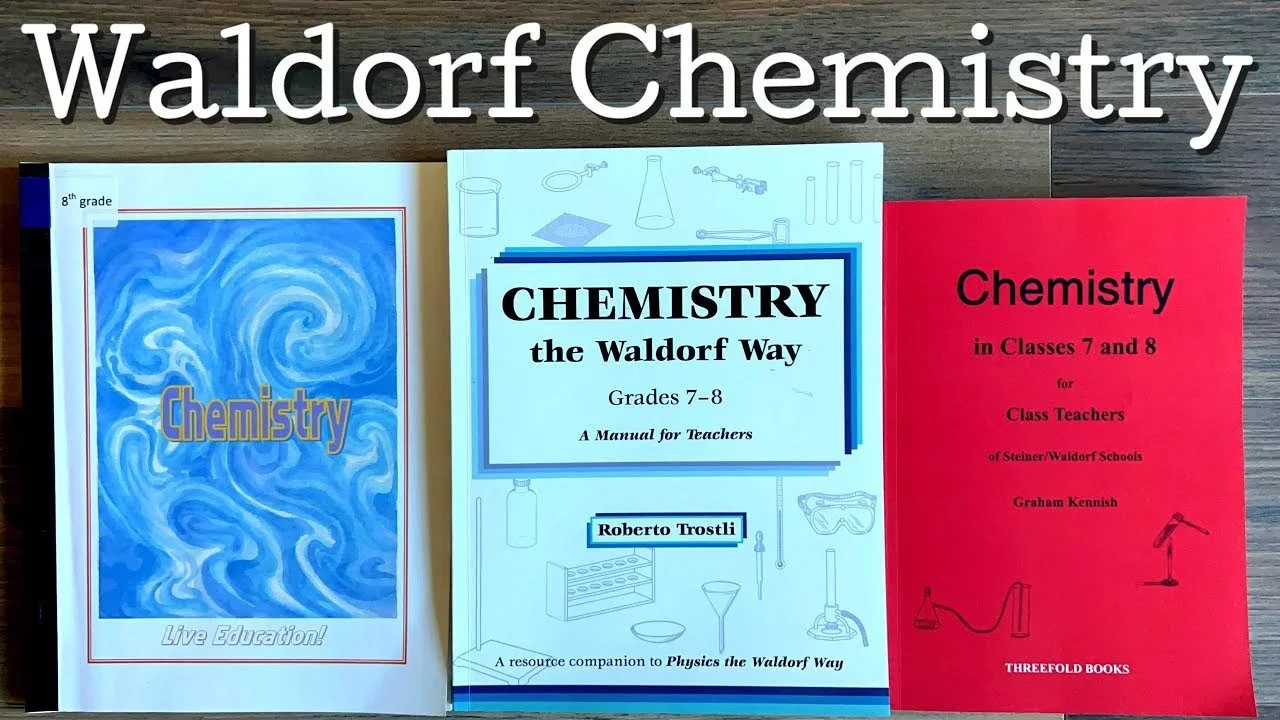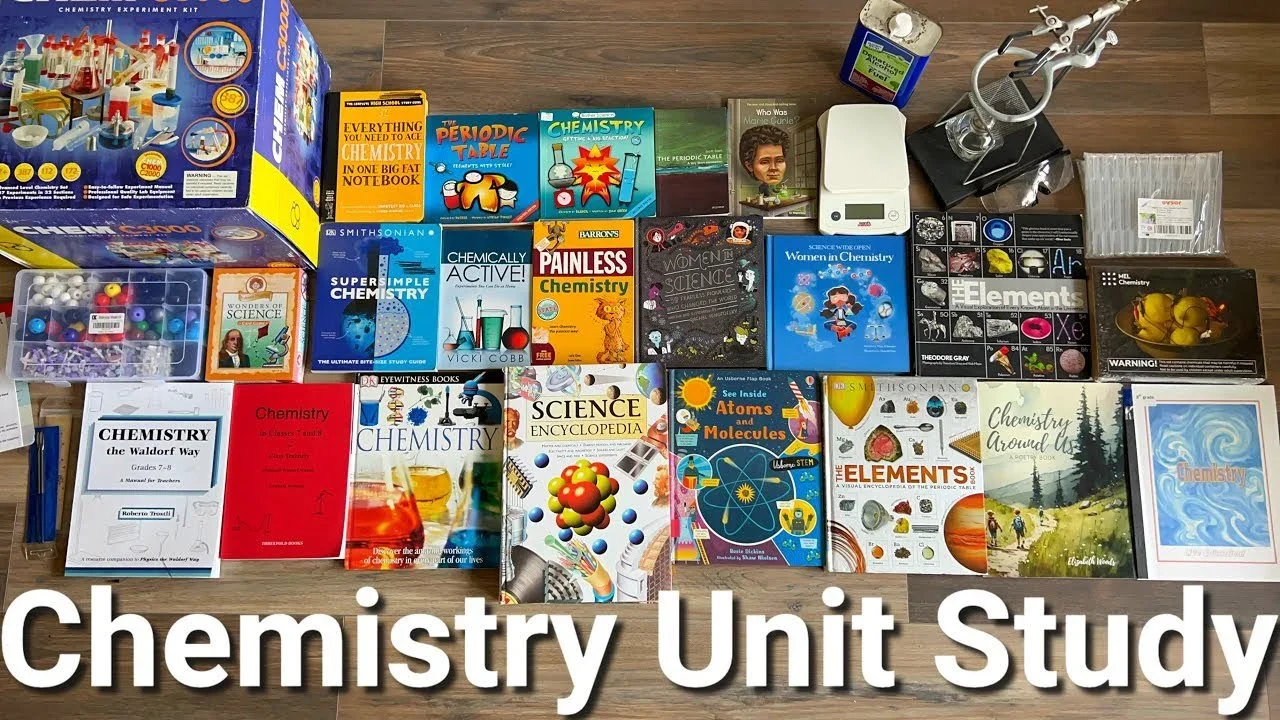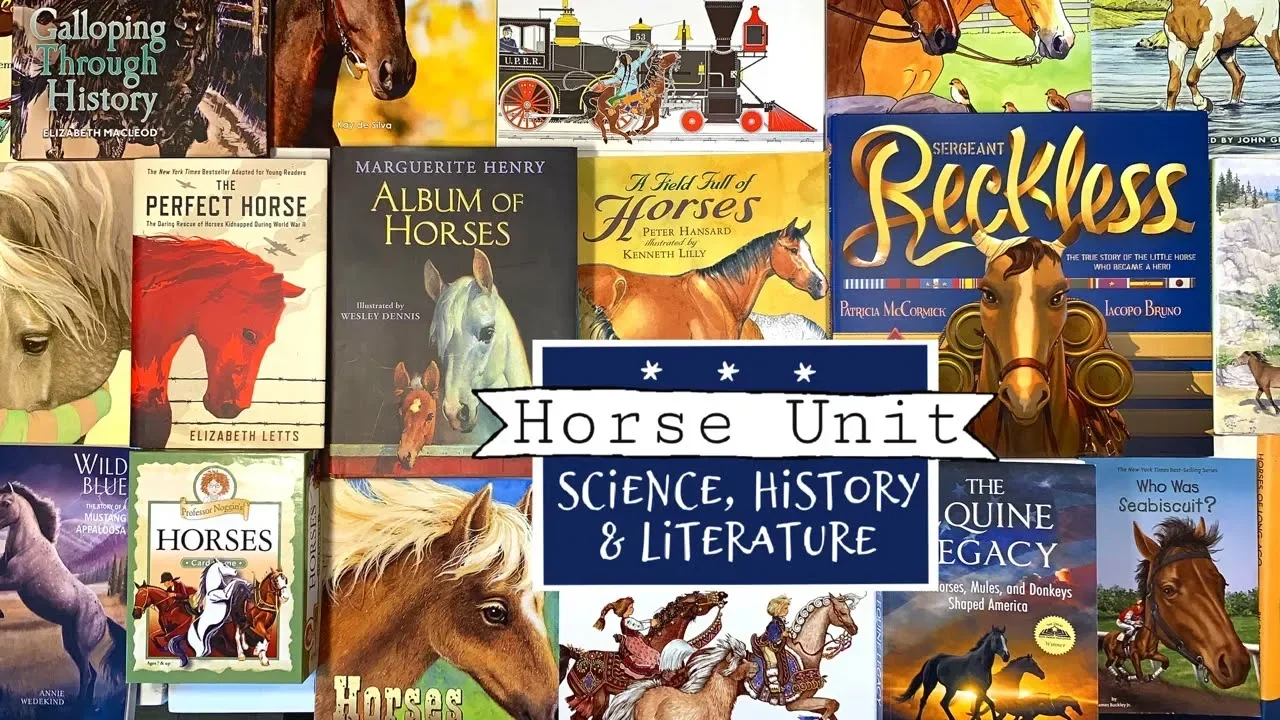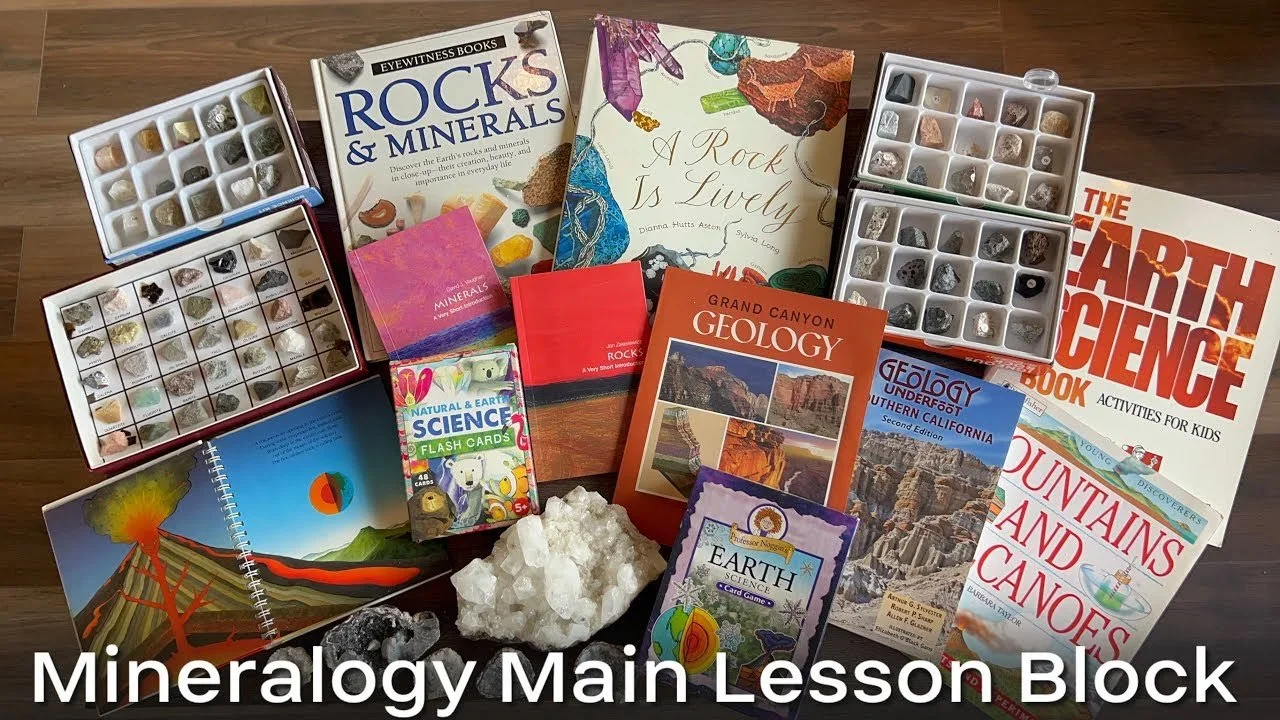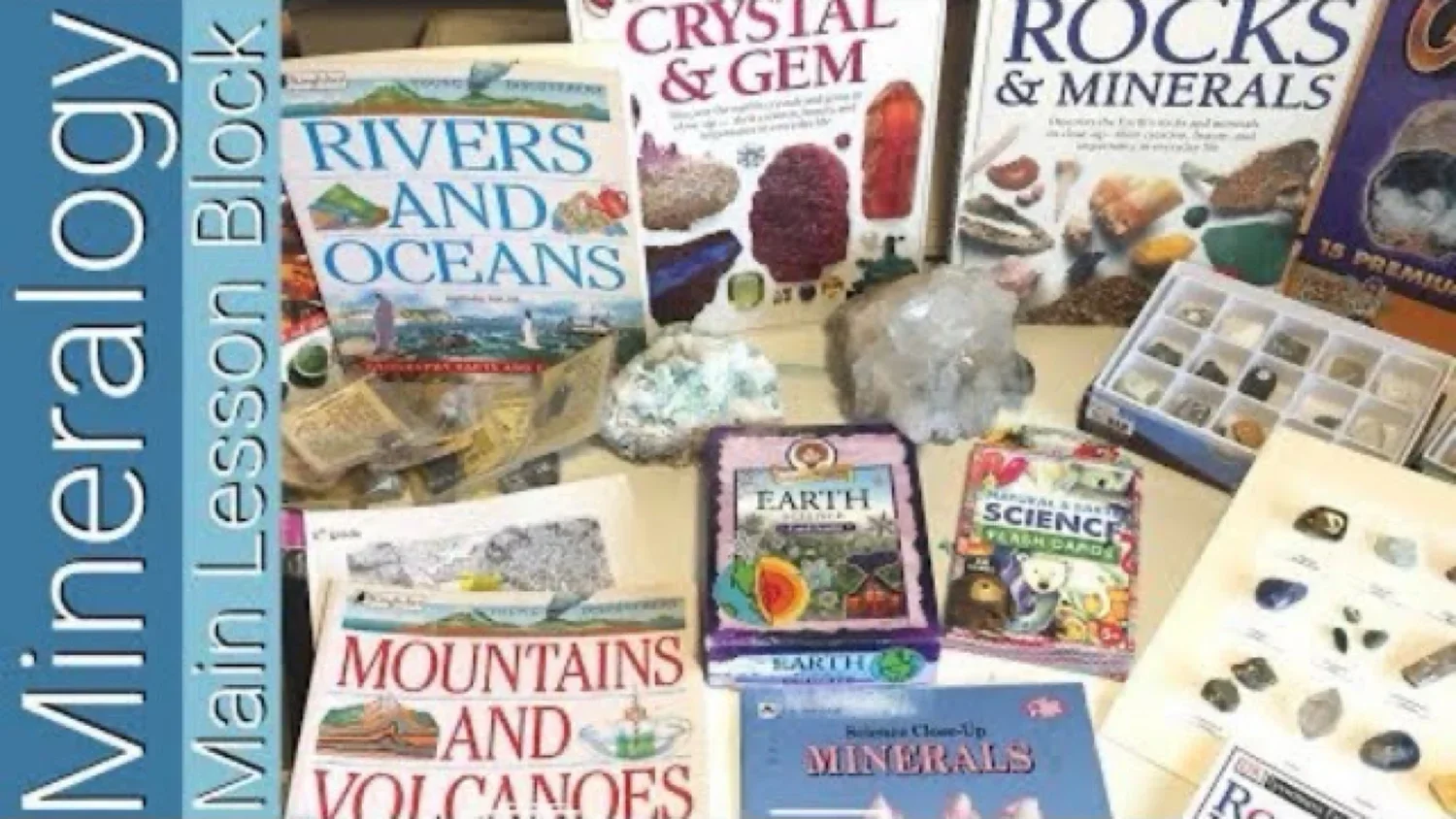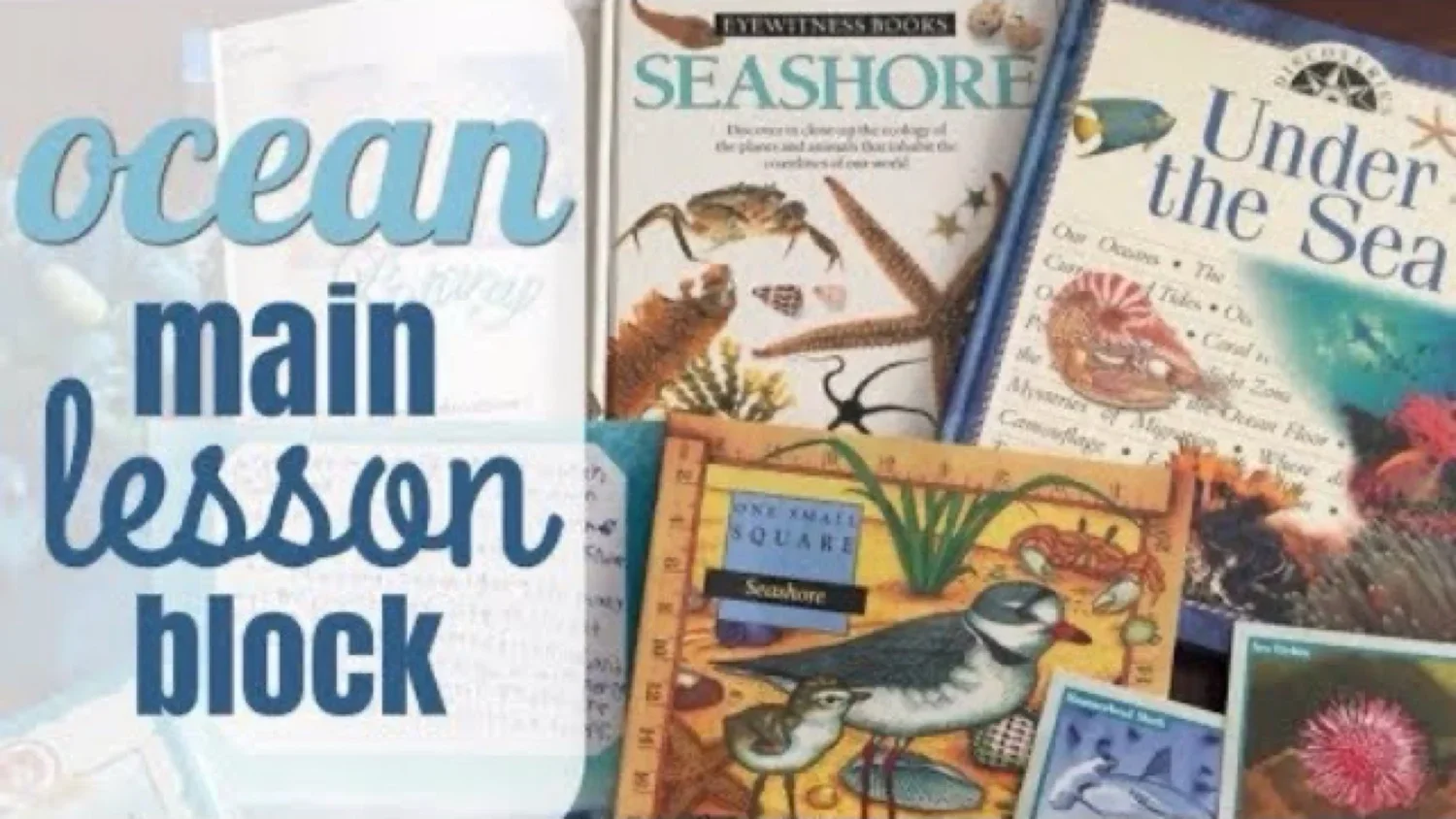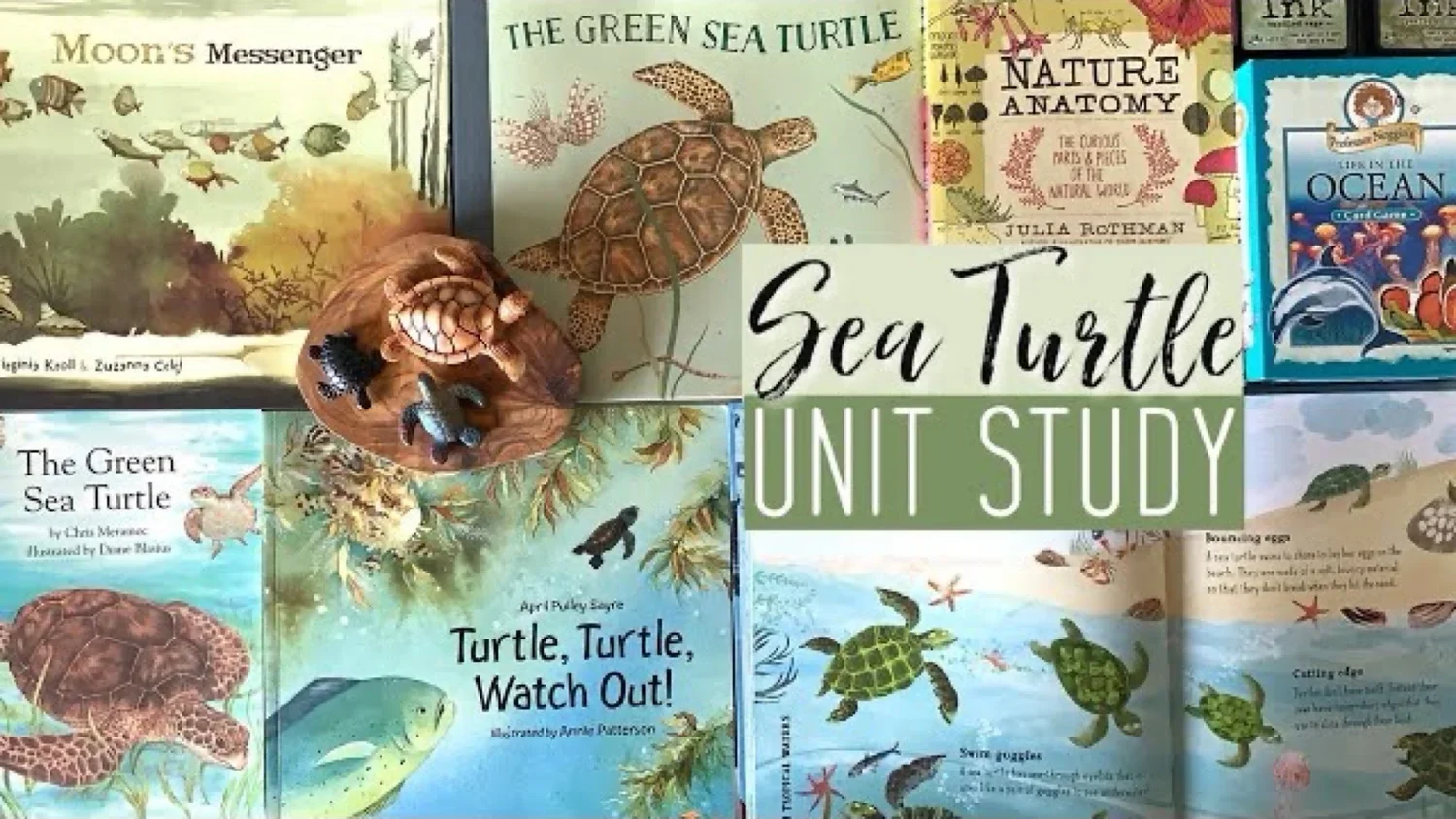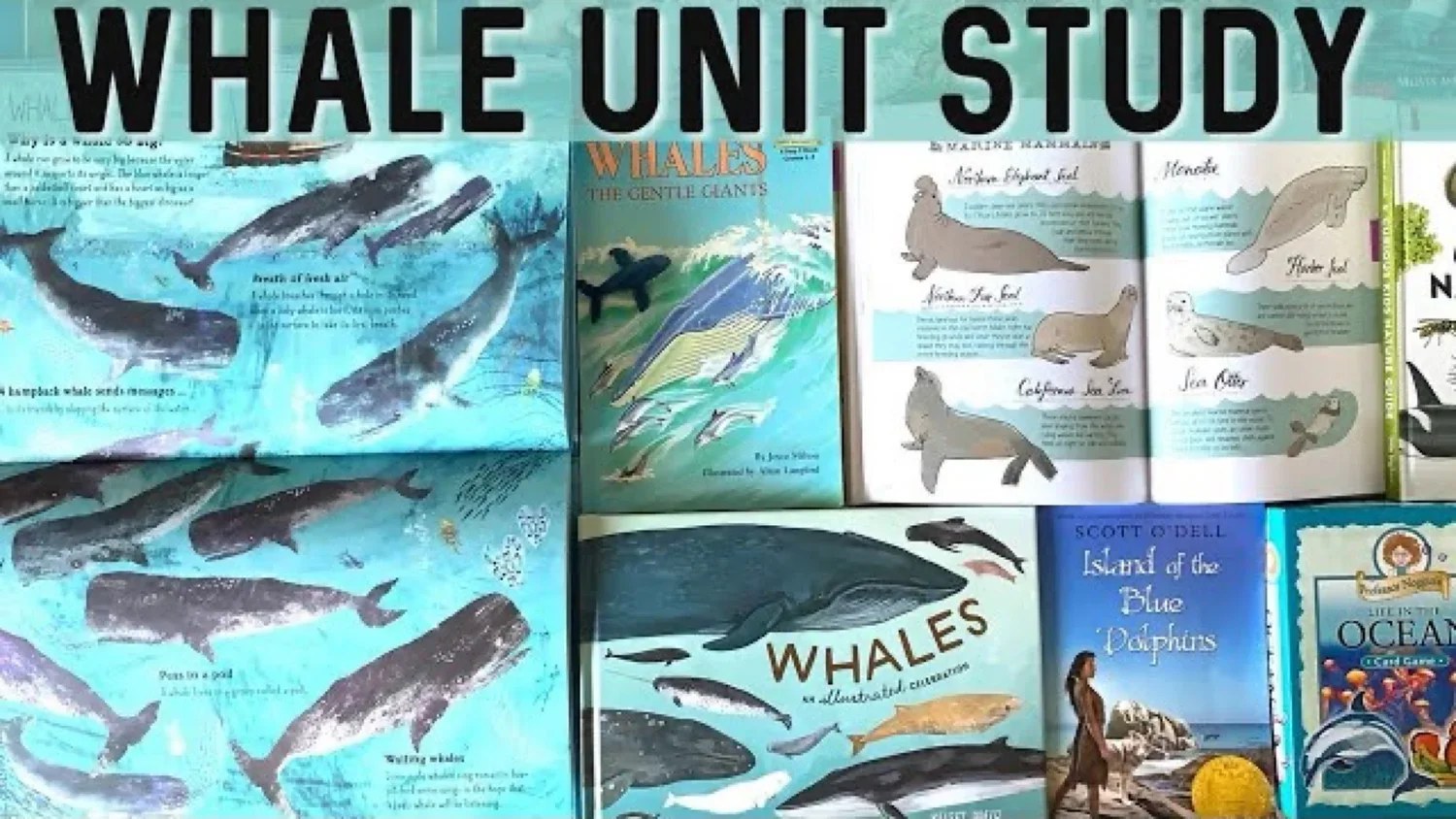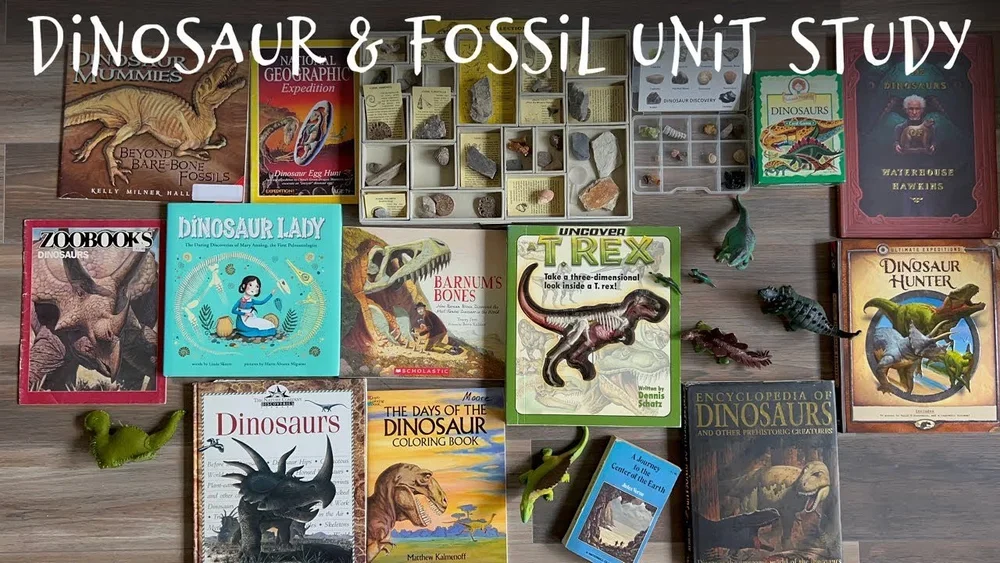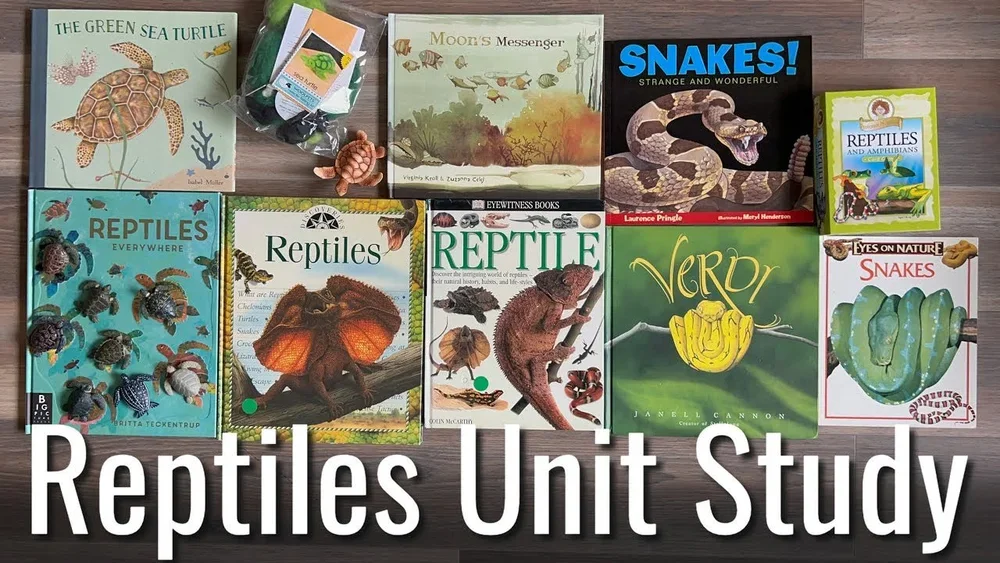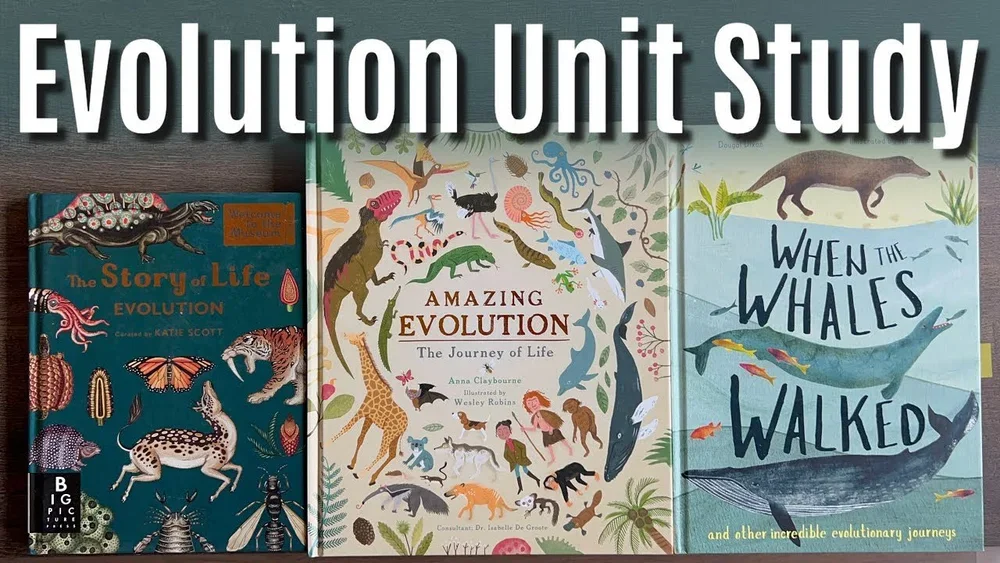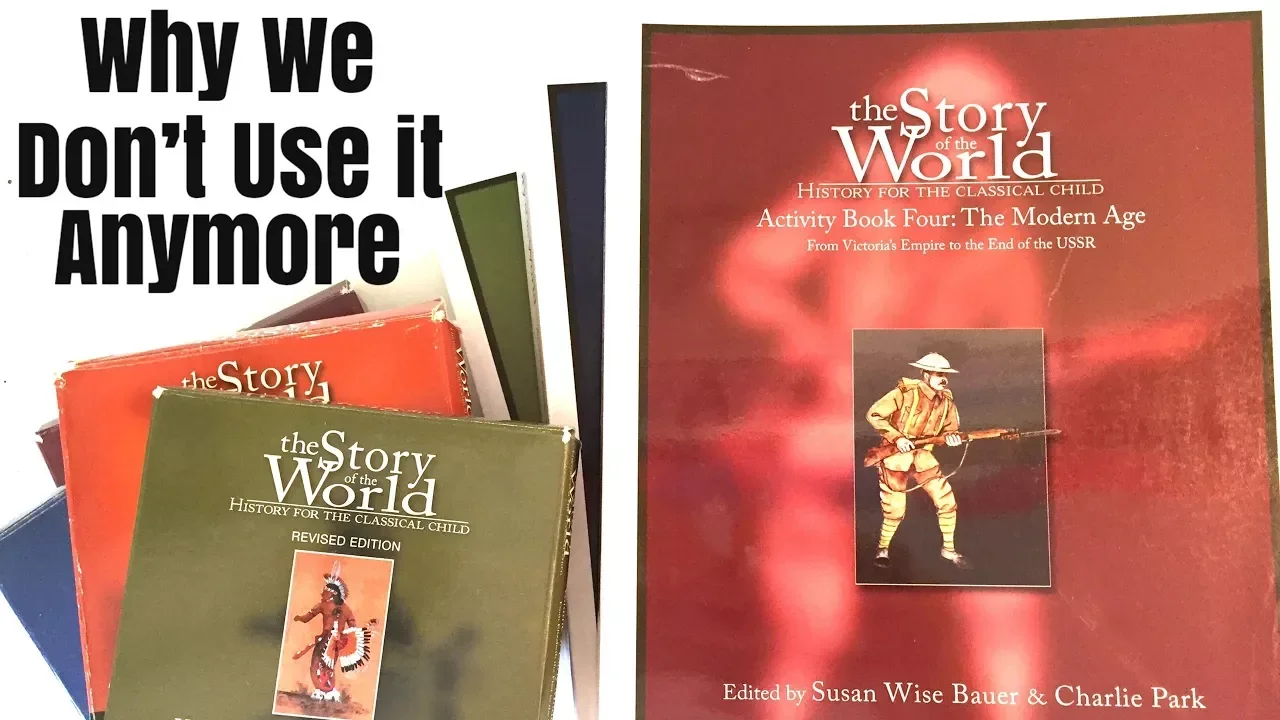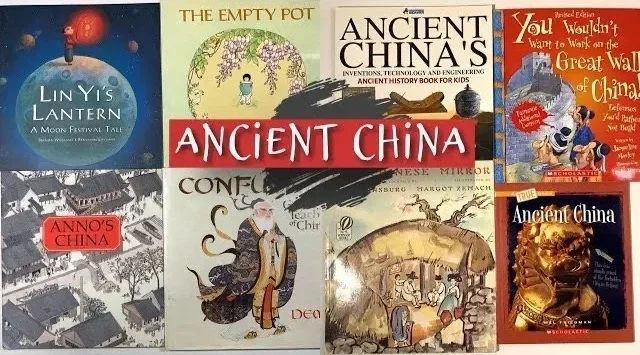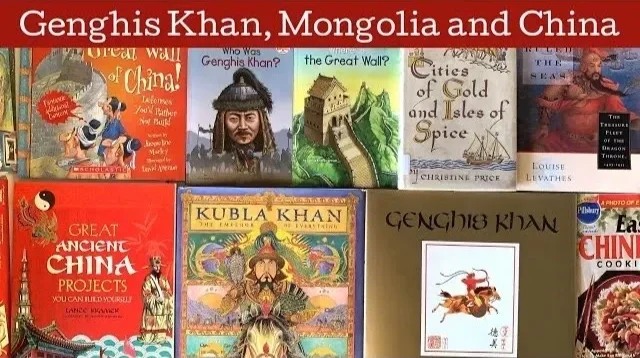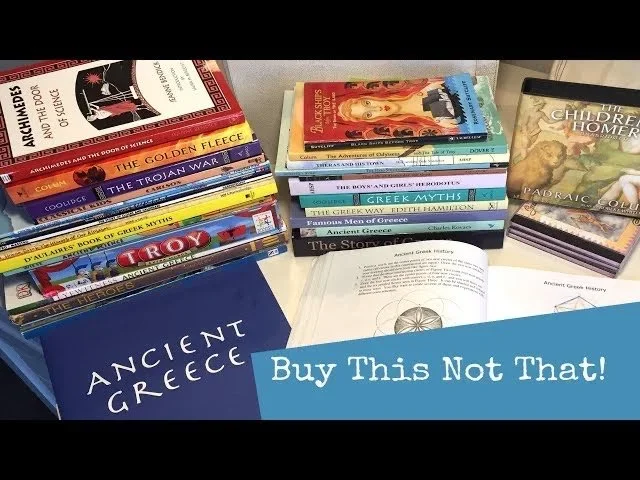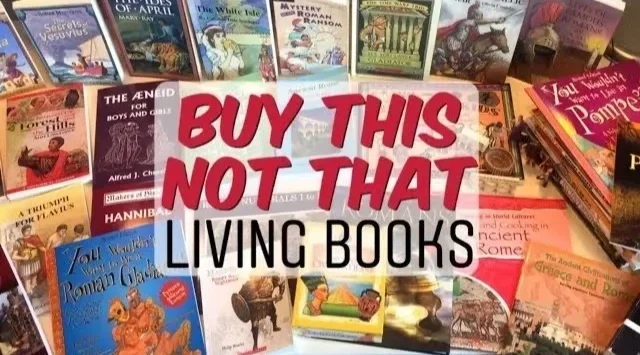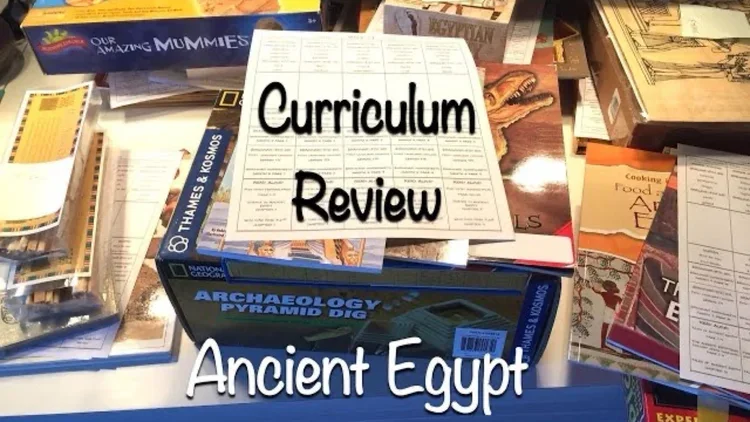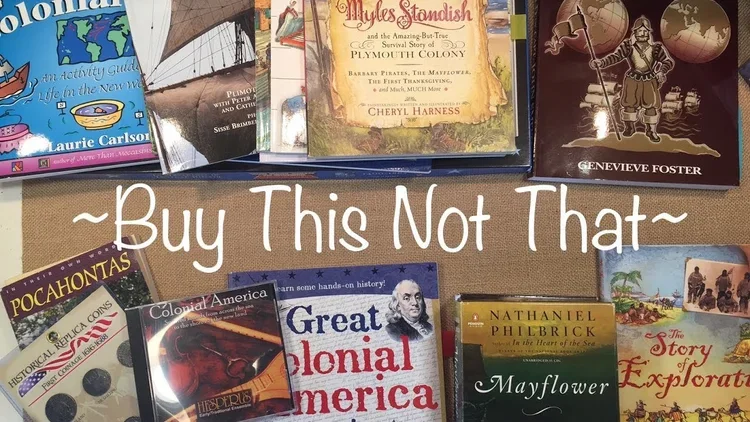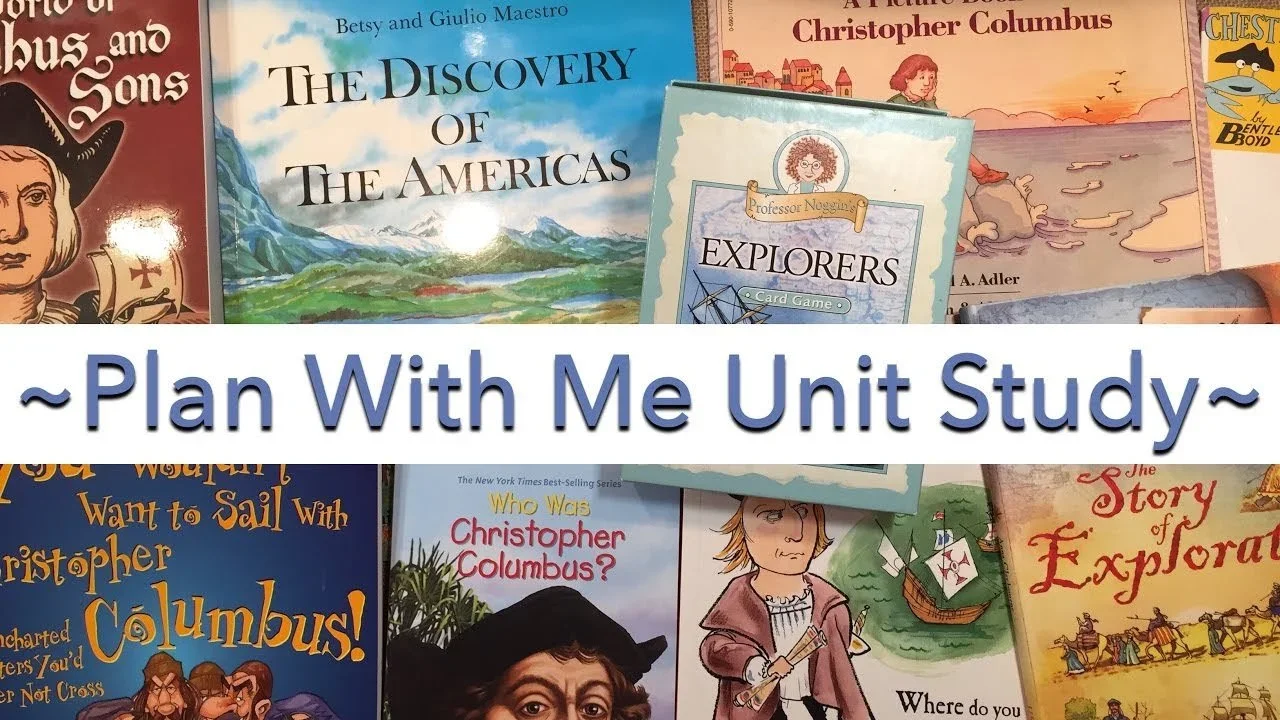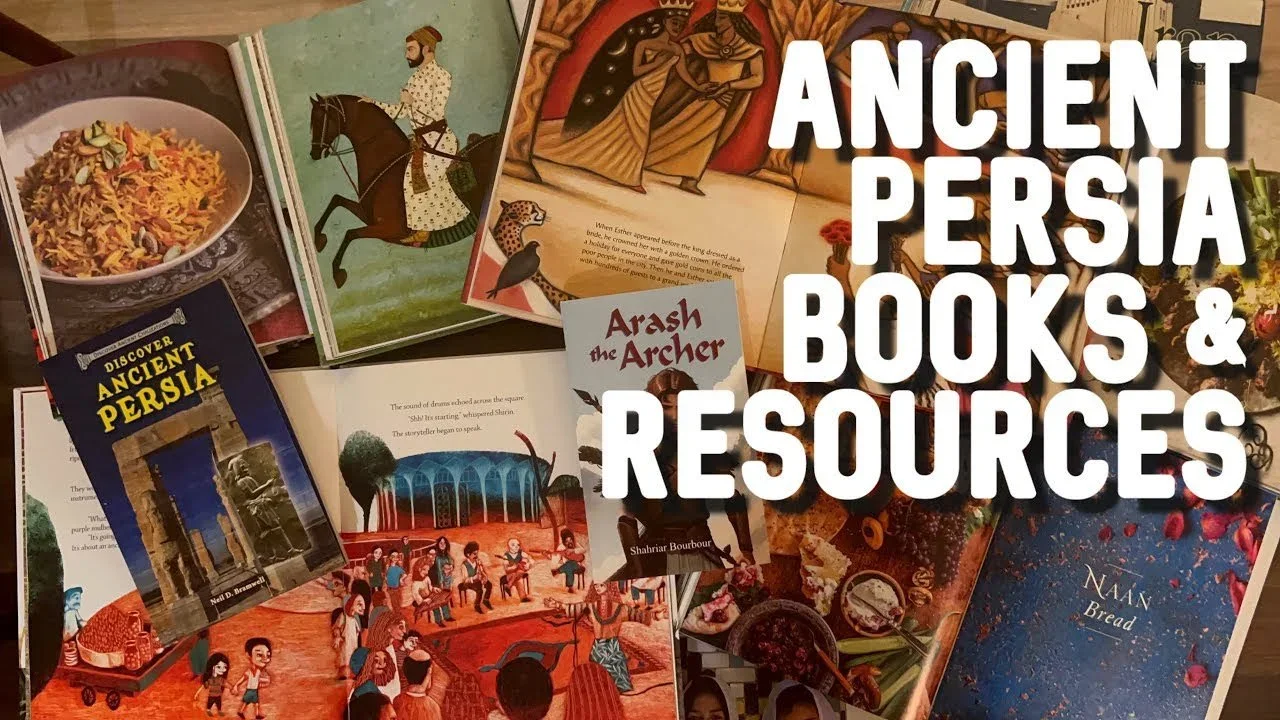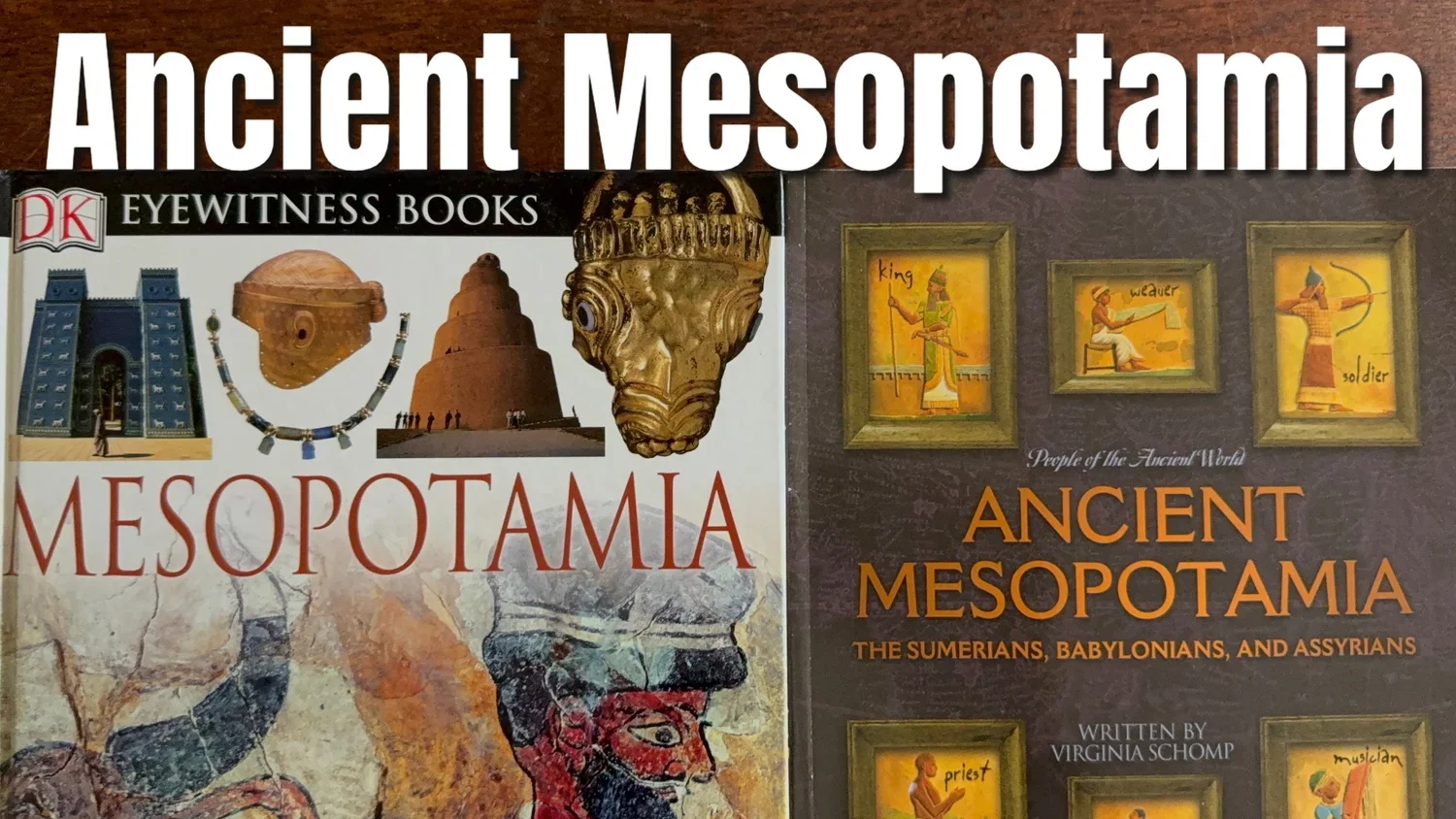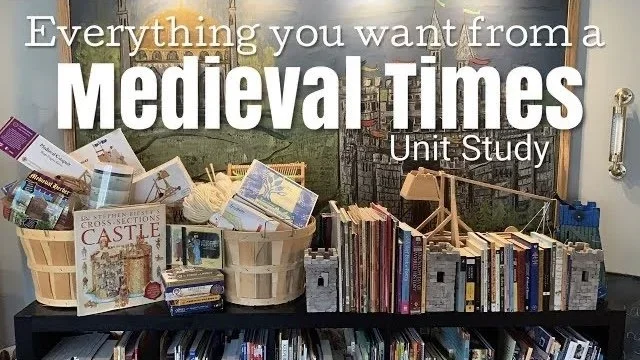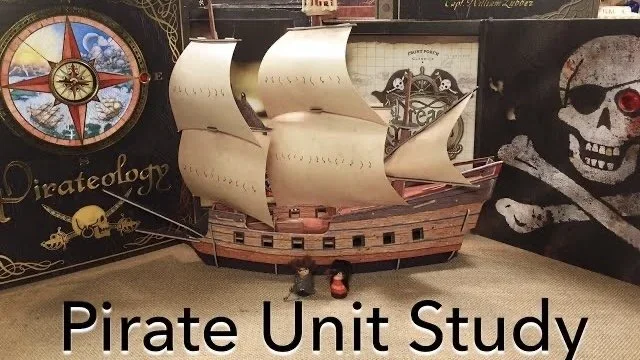Curriculum
Curriculum is a tool used to help facilitate learning in a homeschool and classroom environment. You may find ‘boxed curriculum’ which is an All-in-One type of curriculum which includes all the subject areas for that grade level. Other times, you may find curriculum that specializes in one subject area. As a homeschooler, you have great freedom in choosing which curriculum you use or you may choose not to use a curriculum at all and create your own for a truly out-of-the-box homeschool experience.
-
Boxed Curriculum
Boxed curriculum is an all encompassing curriculum that contains all the subjects you need to round out your school year. Often a boxed curriculum comes with teacher resources as well as student work.
-
Language Arts
Language arts curriculum includes materials used to teach reading, writing, spelling and comprehension. It may include literature and poetry in the upper elementary years as well.
-
Math
Math is more than worksheets, proficiency work and drills. Granted in the early years when children are acquiring basic math skills in arithmetic, lessons may seem like rote memorization, but math can be far more engaging. Likewise, we need children to master basic math skills, as they master basic reading skills, as a means to progress to high math learning.
-
Science
Our Science curriculum consists almost entirely of Charlotte Mason style Living Books. When putting together our science unit studies and main lesson blocks, we sources various non-fiction (and occasionally fiction) books to use as our curriculum. This provided a thrilling approach to the study of the natural world.
-
History
Our History units were primarily made up of Charlotte Mason style Living Books. On some occasion we used a classical approach to history with the four year cycles, but quickly moved into the Waldorf approach and finally settling on a hybrid of living books and the Waldorf curriculum.
Boxed Curriculum | All In One Curriculum
-
![]()
Curriculum Review | 1st Grade | Waldorf Inspired
I have to say, I wasn't expecting this. I know Oak Meadow has done an overhaul of their curriculum. They've updated, revised and tweaked their long standing success curriculum. I admit that I wasn't as taken by the 5th grade curriculum which Oak Meadow sent to me last year to review. That curriculum is with our charter school, as it was not sent to me in exchange for my review or video or blog post. This time around, my sister purchased the first grade curriculum for her son. Feeling overwhelmed and hesitant as to whether or not this was a good curriculum, she asked me to review it and share my thoughts with her. "Of course!" I said. Better yet, I'll share my thoughts with you, too.
-
![]()
4th & 5th Grade Curriculum Choices || MOVING BEYOND THE PAGE || Homeschool Curriculum
If you want a literature-based all inclusive curriculum, Moving Beyond The Page may be the curriculum you're looking for. This curriculum integrates language arts, science, and social studies together using literature as the 'textbooks'. An independent math curriculum, such as Right Start Math, is suggested, and the website sells that separately.
-
![]()
6th & 7th Grade Curriculum Choices | MOVING BEYOND THE PAGE | Homeschool Curriculum
If you want a literature-based all inclusive curriculum, Moving Beyond The Page may be the curriculum you're looking for. This curriculum integrates language arts, science, and social studies together using literature as the 'textbooks'. An independent math curriculum, such as Right Start Math, is suggested, and the website sells that separately.
-
![]()
Waldorf Kindergarten Curriculum
In a Waldorf curriculum, the day follows a rhythm as does the week and the season. Each day of the week is devoted to a grain, color and activity, for instance Monday's color is purple and the grain in rice. Washing and cleaning dominate Monday's activities, while Tuesday's color is red and the grain is oats. Tuesday's breakfast may be oatmeal topped with red strawberries.
-
![]()
Waldorf Kindergarten Curriculum | Seasons
This video covers the four season books that are included in the Waldorf Kindergarten curriculum from Live Education. We use the Live Education Waldorf curriculum as inspiration for grades K-8th. Today, I'm covering three of the seven books that come in the KG curriculum: Folk and Fairy Tales, The First Seven Years and Introduction to KG. You can find the curriculum and more pictures at Live-Education. The other four books: autumn, winter, spring, and summer are covered in another video:
-
![]()
1st Grade Waldorf Curriculum
First grade in a Waldorf school begins at seven years of age, after the change of teeth has begun. Other notable differences about a the first grade curriculum is the story aspect of each lesson, even when you present the child with her first recorder, you present it along with a story. Stories are an important part of the Waldorf curriculum.
-
![]()
Curriculum Comparison | Oak Meadow VS. Live Education | Waldorf
Oak Meadow and Live-Education are Waldorf inspired curricula, but what's the difference between the two and which one is more authentic to the Waldorf philosophy? I'm comparing the kindergarten curriculum for both Oak Meadow and Live-Education to give you an in depth look at how each curriculum is set up, what books come with each and how user friendly they are.
-
![]()
Curriculum Comparison | Grade 2 Waldorf
It's one of the hardest things choosing a curriculum. Today, I'm sharing two boxed curricula that are Waldorf inspired. One more so than the other, yet one is more user-friendly than the other. I'm featuring the old version of the Oak Meadow 2nd grade curriculum you can only find second hand, but you can find the updated version of the curriculum at the Oak Meadow website
-
![]()
2nd Grade Waldorf Curriculum | Grade 2
Taking a look at the Live-Education 2nd grade Waldorf curriculum you'll find a unique approach to the subjects typically found in most curricula for this age. I will also give you a peek at the main lesson books my son made. There are no workbooks or textbooks in this curriculum, so you're going to have to actively participate to make this curriculum work. It's definitely teacher-led and all lessons are delivered by the teacher in an oral manner.
-
![]()
Grade 1 Waldorf Essentials Curriculum Review + Comparison with Live Education
It's probably the biggest homeschooling decision you're going to make: Choosing a curriculum. When you've finally narrowed down you want to do a Waldorf approach, next you have to sort through the Waldorf curricula that are available. Today I'm walking you through the Waldorf Essentials curriculum for first grade with a comparison to the Live-Education curriculum also for grade one.
-
![]()
3rd Grade Waldorf Homeschool Curriculum
When I first saw the third grade Waldorf curriculum, I wasn't interested in using it because there was so much content I didn't intend to use. A few years later, I realized the wisdom behind why these particular main lesson blocks are chosen for the 9-year-old student. I'll share those reflections in the video as well as give you an in-depth review of the Live Education! curriculum with tips of how to use it.
-
![]()
Waldorf Grade 4 | Complete Overview
This video is the compilation of the videos for Waldorf Grade 4 including the Main Lesson Blocks for Grammar, Math, Norse Myths (and other epic poems), Man and Animal (Zoology), Geography, History and Industry and Handwork as well as an overview of the child in Grade 4 as a 10 year-old and the development and types of stories that best suit those changes and milestones.
-
![]()
Waldorf Curriculum | Live Education | 5th Grade
The Live-Education 5th grade curriculum has an emphasis on ancient history, botany and geometry. But just because a formal language arts program may be absent from the curriculum, it doesn't mean it's absent all together. In fact, you'll be surprised at how much writing, dictation and copywork occur with the history and science main lesson blocks
-
![]()
Curriculum Comparison of Waldorf Essentials and Live Education Grade 5
I compared the Live Education Grade 5 curriculum, which I have used for about twenty years, with the newly updated Waldorf Essentials Class 5 curriculum created by Melissa for Waldorf Essentials. Live Education was written by Waldorf-trained classroom teachers and follows the traditional Waldorf pedagogy very closely, offering extensive teacher content and support. Waldorf Essentials is written by a homeschooling Waldorf parent and is designed to be beautiful, practical, and user-friendly, with guidance, coaching, and a digital option that makes it easier to access and apply at home.
-
![]()
Oak Meadow Curriculum Unboxing | 5th Grade Curriculum Choices
Recently, Oak Meadow sent me the 5th grade curriculum to add to our charter school's resource center for families to use. Before making it there, I was given the opportunity to share the curriculum with you. Today's video is the unboxing, but there will be another video to follow with more details.
-
![]()
5th Grade | Oak Meadow & Live Education Comparison
Having trouble choosing a curriculum? I used to think Oak Meadow was a Waldorf inspired curriculum, but looking at the 5th grade curriculum, I think it's far more traditional than Waldorfian. If you want a Waldorf curriculum, I think the Live-Education curriculum is spot on. I'll compare both curricula for 5th grade so you can get a better idea how both curricula are laid out.
-
![]()
6th Grade Waldorf Homeschool Curriculum | Grade 6
Want a lively, interactive and unique curriculum option for your 6th grader? The Live-Education 6th grade curriculum may be what you're looking for. This year, the curriculum continues to be both responsive to the needs and development of the student as well as progresses with the lessons that were covered the previous year.
-
![]()
7th Grade Waldorf Curriculum | Live Education
This is the Live-Education 7th grade Waldorf curriculum. It comes with several main lesson blocks: Perspective Drawing, Renaissance Biographies, Creative Writing, The Age of Discovery, Algebra, Physics and European Geography. The curriculum also comes with an introduction to the 7th year as well as recommendations for other main lessons blocks. This year you'll need several new supplies that were not needed before like the material for physics. Some supplies you'll need that you may have already purchased are a compass, fountain pen, main lesson books, color pencils, watercolors, drawing paper, watercolor paper and graph paper.
Language Arts
-
![]()
Five in a Row | Homeschool Curriculum Review | Literature Based | Pre-K, 1st, 2nd, & 3rd Grade
If you are looking for a literature-based unit study approach for your young children, Five In A Row is a great curriculum to use. Using picture books as the literature, FIAR (Five in a Row) derives lessons from the stories. The picture book is read five days in a row and each day a new lesson and activity are covered. The FIAR curriculum comes with 4 volumes covering a total of 70 books. Each volume can be used in any order, but the 4th volume is more advanced. This curriculum is very well priced, and since you can borrow the books from the library, you can keep your costs very low. There are additional resources at the back of the curriculum for the convenience of the parent, but additional materials are suggested to supplement the lessons.
-
![]()
Beyond Five in a Row | Homeschool Curriculum REVIEW | 3rd, 4th, 5th, 6th Grade Curriculum
If you are looking for a literature-based unit study approach for your elementary aged children, Beyond Five In A Row is a great curriculum. Using quality chapter books as the literature, Beyond Five in a Row derives lessons from the stories. The 3 volume series contains secular books and lessons (though the books have been chosen with a Christian worldview) with the 4th volume being a Christian supplement resource.
-
![]()
Ordinary Parent's Guide to Teaching Reading
We’ve worked through the Ordinary Parent’s Guide to Teaching Reading by Jessie Wise and Susan Buffington twice! I didn’t use this curriculum with my oldest child, but I used it with my second and third child and am undecided on whether I’ll use it with my fourth one. Since we use a Waldorf curriculum, I want to clarify that the Ordinary Parent’s Guide to Teaching Reading is not a Waldorf or Waldorf inspired curriculum.
-
![]()
Literature Based Curriculum Review | 5th & 6th Grade
I love the concept behind these language arts workbooks. They are paired with popular and classic novel to help students learn vocabulary, reading comprehension and literary analysis in a fun and engaging way. I'm just sad it didn't work well for two of my children, but there's hope for my last student!
Math Resources
-
![]()
Waldorf Math | Living Books | Grade 1-3
Do you want to make math meaningful, educational and enjoyable? It may seem like an impossible task, but it can be achieved! I've collected a number of living books and games to enhance our math main lesson block. These materials are suitable for students grades 1-3 but can be enjoyed by older students as well.
-
![]()
Math Picture Books Worth Owning
We just finished our math unit and we used nearly all the math books below during our six week unit. The exceptions were the reference books at the bottom of this list. Here’s how this list can be helpful to you. I’ve included the name of the book with a picture along with a brief description, the grade level, math level and whether the book is worth owning or borrowing.
-
![]()
Waldorf Grade 4 | Math Resources
In every grade, a new mathematical concept will be introduced and all the concepts before will be worked on for proficiency and eventually mastery. In grade 4, fractions are introduced. I find fractions to be a difficult concept for many children and adults to fully understand and master. While there are some children who take to it right away, I have an idea for you if your child doesn't or if you still struggle with the concept of fractions, decimals and percents.
-
![]()
Fractions, Decimals and Percents
It's my opinion that fractions are the most challenging math concepts that elementary students have to master. And while in a relatively short space of time they can become fairly proficient in calculating fractions, decimals and percents on paper, I do think it takes years, even decades to fully master the concept and practice of fractions.
-
![]()
The Best Waldorf Math | Teaching Mathematics in Rudolf Steiner Schools for Classes I-VIII
If you've ever wanted to learn more about how math is taught in Steiner schools (Waldorf education), this book will take you from conception to application. Teaching Mathematics in Rudolf Steiner Schools for classes I-VIII by Ron Jarman is the most comprehensive books on mathematics I've ever seen.
-
![]()
For the Love of Math
Math scares some people yet delights others. Are we born loving or hating math or do we learn to love or fear it by our experiences? When we do well, do we wish to do more? Does the praise inspire us? When we are challenged by it and are overwhelmed do we learn to avoid it?
-
![]()
Usborne Illustrated Math Dictionary
The Usborne Illustrated Dictionary of Math is the perfect complement to any math curriculum. Use it as reference material or to double check a math concept. Chock full of examples and illustrations, this book will be the only math reference book you'll need. An extra perk is that this book has internet links included to help you find websites to further explain and clarify math concepts.
-
![]()
Math Resources
More math resources! My three favorites from this list are Math in the Garden, Champions of Mathematics and Arithmetricks. Do you have math resources that your family has come to enjoy? I’d love to know! I love math resources, especially math picture books and mathematician biographies.
-
![]()
Math In the Garden | Math Book Review
Math In The Garden is an innovative math book that integrates math with practical real-life skills using the hands-on approach of garden work! I personally would like to see more books like this, so I'm happy to be sharing this book and all the activities we do from it.
-
![]()
Geometry Main Lesson Block | Grade 6
Over the years, I've put together several math main lesson blocks and a number of geometry blocks. What sets these blocks apart from other math blocks is the level of engagement the teacher and student experience with each lesson. There are no dry lessons. The upside is obvious: full engagement means maximum learning and high possibility of retention.
-
![]()
Geometry Resources for Elementary and High School | Books, Curriculum & Workbooks
Geometry is one of the most fascinating fields of math a student will encounter, in my opinion. There's so much you can do when children are young with simple math centered on identification of shapes and solids. While introducing geometry this way and with picture books may not reflect the Waldorf approach authentically, it has been our approach in our homeschool for years.
-
![]()
How To Do A MATH Unit Study | GEOMETRY
It's time for a new unit! This time I take you through the process of putting together a math unit. I'm working on a geometry unit and a basic math unit. My default curriculum is always a Waldorf curriculum, and I used the one from Live Education. I recently got many picture books for these units. I got most of them from Rainbow Resource.
Math Workbooks
-

Math Workbooks | Algebra, Geometry, Fractions, Decimals and Trigonometry
Workbooks. They have a place in a school setting, but when they are overused or are the means of teaching, they lose their effectiveness and novelty. One place we do use workbooks almost daily is with math. While the workbooks we use are simple, they are effective. Occasionally they become tedious, and for that reason I like to mix things up in a few ways.
-

Key to Math Series | Math Curriculum for Fractions, Decimals, Percents, Algebra and Geometry
Key to math curriculum series is a workbook series that covers the topics of measurement, metric measurement, fractions, decimals, percents, geometry, and algebra. Work books are designed for easy self direction with little additional support. Each section provides simple examples and clear directions for understanding the math topic.
-
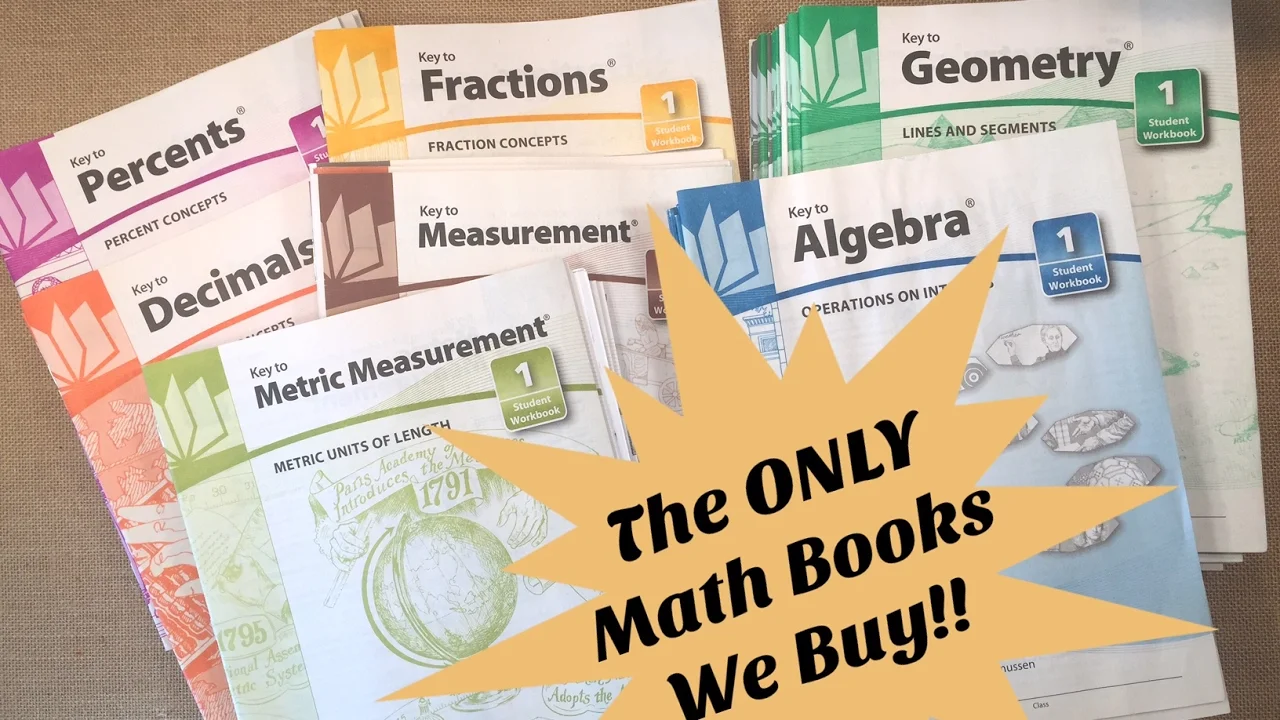
Math Curriculum Workbooks
Key To math series are the only math books we ever buy. They are simple, student-led and environmental friendly! You read it right, they are environmental friendly. The workbooks contain about 45 pages and are printed on thin paper similar to newsprint paper. They are also simply laid out with easy to understand directions, so minimal instruction is needed.
-

What's in Our Math Binder | Daily Math
Creating a math binder is an easy way to take the best worksheets from a variety of workbooks. I take worksheets that are about 1-3 grade levels below with the intention that this daily math shouldn't take more than 10 minutes, should be easy, and cover basic math.
Science Curriculum Resources
-
![]()
Waldorf Botany Main Lesson | UNIT STUDY PLANTS & TREES
For this unit study on trees and plants, we are going to stick pretty close to the Live-Education Waldorf curriculum for the Botany Main Lesson. The Waldorf curriculum is fairly complete with just a few suggested supplement books. You will need your main lesson book, some color pencils or another art medium and a pencil.
-
![]()
How to Use Living Books for a Waldorf Main Lesson Block
How does our Main Lesson block differ from a unit study? With a unit study, I'll use a variety of books and projects and design my own curriculum. I'll figure out which books to read when and assign literature to my student if possible
-
![]()
Botany Unit Study | Rainforest | Books, Resources, and Activities
Instead of tackling the big nature unit I had intended for the spring, I'm breaking it up into smaller units. This one was going to be a unit on the Rainforest, but I decided to add a few lessons from our Botany Main Lesson block from last year that we didn't get to. So this unit will have two focuses.
-
![]()
How To Do A Unit Study | Nature Science
Springtime is the perfect time to depart the classroom and school in the field. What better place than outdoors in nature? I schedule our units so that our science units are in the spring when my kids and I just can't sit or focus and we all need to get out and get our bodies moving so our minds can move.
-
![]()
Nature Study | Botany & Zoology
This spring unit is similar to ones we did in the past. We collect an assortment of nature science books in botany and zoology, coordinate projects and hands-on activities, and round it out with some picture books and games. Sounds easy, but it's not always so simple. This time around, I have several new books and a couple new kits I'm looking forward to trying
-
![]()
How to Put Together a Bee Unit Study
Every Spring we eagerly begin our science units. Sometimes we are doing Waldorf Main Lesson Blocks, other times we are doing unit studies. This Bee Unit Study is one we’ve done a couple times so there are plenty of resources and projects available. Curious on how to put together a Bee Unit Study? Start Here to get ideas and see the books and projects to support a Spring Science Unit.
-
![]()
Bees and Honey Unit Study
We did a Bee Unit study twice! Once in 2017 (smaller unit) and again in 2019. Whenever we do an updated unit or block, we tend to use new and existing books, we may even do similar projects, but overall, I like to approach the new unit with new activities and projects.
-
![]()
How to put Together a Unit Study | Birds
There's always excitement when I put together a new unit. It's the same excitement you might feel at the start of the new homeschool year. I love looking for new resources and assembling a nice balance of books and activities. It's not always fun though. Sometimes I hit creative roadblocks or in other cases, I'm overwhelmed by too many choices.
-
![]()
Butterflies and Caterpillars Unit Study
If you watched my Nature Unit planning video, you know I scheduled a lot for this spring! It didn't work out though. It was too broad and too hard to plan, so I broke up that big unit into weekly units and it's been perfect!
-
![]()
Waldorf Anatomy Main Lesson Block
Anatomy the Waldorf way is comprised of three main topic areas: Health and the Human Body, Nutrition and Physiology and Muscles and Bones, Anatomy. It's not correct to call this an Anatomy Main Lesson Block, as anatomy is only one aspect of it.
-
![]()
How to Put Together an Anatomy Unit Study
Additionally, I have a separate video that shows all the resources we are using to put together an anatomy unit study. You may wonder why the two separate videos and separate set of resources.
-
![]()
Astronomy Unit Study for Middle School
If a Waldorf approach to Astronomy isn’t what you’re looking for, maybe a unit study is just right. You may choose any duration for a unit study. You may choose to include other resources or subject areas to make your unit study holistic, or you may choose to keep it focused.
-
![]()
Astronomy Unit for Elementary
Astronomy can be a compelling and imaginative study in which even young children can delight. Putting together a unit study for elementary aged student may include a variety of picture books and simple hands-on projects, but you may also want to include some biographies and games as well.
-
![]()
How to put Together an Astronomy Unit Study
Putting together a new unit is always fun, but I have to admit that as the years go by and we circle back to familiar units, a new problem seems to emerge. Choice. What items from my own collection do I choose this time around?
-
![]()
Waldorf Chemistry Main Lesson Block
These are the books and resources I'm using to put together our Waldorf Main Lesson Block for Chemistry starting in grade 7 and continuing to grade 8. While I recommend 1-2 chemistry resource books for the teacher to familiarize herself with scientific concepts, this is not meant to be used in delivering the lesson or for the student.
-
![]()
Chemistry Unit Study
What's the difference between Waldorf chemistry resources and these resources? Primarily, it's in the scientific content. You'll find all the science that's been discovered through years and years of science exploration in chemistry and beyond collected and organized in the following resources. You will also find experiment suggestions.
-
![]()
Horse Unit Study | Living Books
Before the school year began, my daughter asked to study horses. So from that request came a thrilling unit that has me so thankful she asked! In addition to picture books, we have historical fiction, The Winter Horse and The Perfect Horse, both set in World War II time and Reckless also set in that time, but based on a true story about a horse and his championing heroism.
-
![]()
Mineralogy Main Lesson Block
I'm sharing some of our most recent Mineralogy resources we are using for our homeschooling lessons while using our Live Education Waldorf Main Lesson on Mineralogy. This main lesson block is intended to last about 3-4 weeks however, our blocks always last much longer. March 27, 2024
-
![]()
Mineralogy Main Lesson Block
New units are always filled with prospect and excitement. Collecting the material from the school room, library or elsewhere is definitely fun, but it can be overwhelming. I'm showing you the materials I'm using for our Mineralogy Main Lesson block. December 1, 2017
-
![]()
How To Do A Unit Study | Earth Science
We are doing a unit on geology, and I thought I'd share the process of putting together this unit. First I decide what we are going to study. I use the Waldorf curriculum from Live-Education as our default curriculum, so if I'm at a loss, I can always refer back to it as inspiration. You can choose a topic you are interested in, or you can expand on something in your current curriculum and turn it into a unit. August 29, 2016
-
![]()
How to do an Ocean Unit Study
It's time to start a new unit and this time around I'm writing my own main lesson block for a study on the ocean. Ocean study is broad, so I'm focusing our work on local coastal plant and animal life, tide pool, tides, the Native tribes of the region, and the explorers who first discovered the Pacific coast. I've made this main lesson block both broad and specific, encompassing science, history, geometry and poetry.
-
![]()
How To Put Together A Unit Study | Sea Turtles
Welcome to our mini unit on Sea Turtles. This was truly a mini unit lasting less than a week and specifically only 2 days. goes here
-
![]()
How To Put Together A Unit Study | Whales | Charlotte Mason Living Books
Welcome to our unit study on Whales! Or as we've learned, cetaceans. We are diving into this unit to study a select few marine mammals and to do so, we've sourced a variety of books that we are thrilled to share with you. We may not use all these books, in fact, for sure we won't be using some books in their entirety. Be sure to check back at the review video for a complete review of these books and resources.
-
![]()
Owl Unit Study
Are you looking for a small unit study on owls? I've got you covered! I know my unit studies tend to be long, involved and contain a lot of books, but this one is small, with a few beautiful books, a couple projects and a game to start off the lessons.
-
![]()
Physics Supplies and Unit Study
I'm really excited to dive into this Waldorf Physics main lesson block. This is the first time we are getting materials from the science vendor Ward's Science. While I'm more familiar with vendors that cater to the natural sciences, I'm excited to explore these vendors and start to build our physics and chemistry units.
-
![]()
Dinosaur Unit
What child isn't captivated by dinosaurs?! I've known children who can tell me more about dinosaurs, or sharks, or trains than adults can or even some books. Capture that curiosity with a unit dedicated to this aspect of science.
-
![]()
Reptile Unit Study
I'm sharing some resources for a Reptiles unit study. While some of these resources were previously used for a unit on sea turtles, I'm sharing them here even though I wouldn't necessarily use them as deeply as we used them before. Some books are still readily available while others are dated and hard to find.
-
![]()
Evolution Unit Study
The mini unit study on evolution comprises of just three books at the moment. I've included this mini unit as part of a greater Dinosaurs, Reptiles and Evolution unit, but it could be added to a number of science units.
History Curriculum
-
![]()
Story of the World | Homeschool Curriculum Review
Story of the World was the first history curriculum we purchased years ago when our homeschool journey was just starting out. While we enjoyed it for a couple years, we quickly realized that it wasn't going to be the direction we wished to go in. Since then, I've given away all of our STOW curriculum except the audio CDs. And while we haven't listened to the CDs in years, we still would like to keep them and refer to them during our unit studies.
-
![]()
Ancient China Unit Study
How I put together a history unit study has been a process I have honed over the years. I like an enriching unit filled with books, projects and hands-on activities. I look for varied material so it will appeal to multiple ages, grades, abilities and skill sets. I love picture books. I feel they are an undervalued and overlooked resource in education beyond very young elementary, but I will incorporate picture books well into upper elementary and middle school. I include some non-fiction books as well.
-
![]()
The Great Khans of Mongolia | Kubla Khan, Genghis Khan, The Great Wall of China
It's not a history unit if you don't talk about the people. After all history is His Story right? Her story is mixed in there, but is rarely the focus. While I have not made an effort to explore female historical figures, I think we do ourselves, our education and our children a disservice when we don't include their stories.
-
![]()
Marco Polo Unit Study
When we first embarked on our Silk Road main lesson block, we thought we would simply add a few resources to complement our Middle Ages unit. Three years later and this little unit has grown into several deeply engaging main lesson blocks that span over 1000 years of history and half the world from North Africa to China.
-
![]()
Ancient Greece Review
Unit studies can be so much fun to put together, but I face one problem every. single. time. I plan too much. I get overly excited. I get too many resources. While I struggle to learn how much is just right, come along and I'll show you what works, what didn't work and what we'll save for later. Some resources are worth using again and others weren't worth buying to begin with.
-
![]()
Ancient Rome Curriculum Review
Not only is this a review of the materials we used for our Ancient Roman History main lesson block, but it's also an insight in how we do our main lessons or unit studies. I share clips of my children doing their work throughout this unit during the video as well as my son's main lesson book so you can see the work he completed during this unit.
-
![]()
Curriculum Review | Ancient Egypt | Homeschool
At the close of a unit or main lesson block, I share the books we read and projects we did and let you know how everything went. Some books are worth buying and keeping, others are worth checking out at the library, and still others might be passed over in preference of games or kits.
-
![]()
Curriculum Review | Colonial Times
We completed our Colonial Times unit study from our American History unit. Some books were fantastic! Others were okay, but not worth owning. We did a number of activities inspired by three activity books, but if you had to just pick one, which would you choose?
-
![]()
Lesson Planning | Discovering the Americas & Columbus
Join me as I share the resources we are using for our Discovering the Americas unit study. I share how I chose books, decide which books to read aloud versus which books I'll assign to my child, and lesson plan this unit study.
-
![]()
Ancient Egypt
Curious about how to put together a unit study? Join me as I take you through my process for putting together a unit study for Ancient Egypt. Much of the process is the same for all my history units, and only varies slightly for other units. I use a Waldorf curriculum as a default curriculum but often stray from the curriculum and come up with my own lesson plans
-
![]()
Ancient India Main Lesson Block
The Ancient Civilizations are taught in Waldorf schools in grade 5 when children are 10-12 years old. The ancient cultures are taught uniquely in a Waldorf setting as the main aspects of the lessons are concentrated on the beliefs of the people, their spiritual beliefs, their creation stories, and their divinely guides teachers on the earth plane.
-
![]()
How to do a Unit Study | Ancient Greece
It's time to put together another unit and this time it's Ancient Greece. We already started out with materials for this unit, but over the last few years, we added more resources. It's quite a full unit now, and it doesn't look like we'll be able to cover everything we want in four short weeks.
-
![]()
Ancient Persia | Waldorf Main Lesson Block | Unit Study
I start my lessons on Ancient Persia in the kitchen years before we read a single book. In part because we love Persian (Iranian) food deeply and have learned several recipes from my friend Teyebeh who is a profoundly talented cook. Most of not all of the recipes featured for this unit are recipes I got from my friend. These have been family favorites for years and it has been our delicious introduction to this unit. year late.
-
![]()
Ancient Mesopotamia
The ancient civilizations blocks for the Waldorf curriculum for year 5 is fairly extensive having continued from the previous year's exploration of Norse mythology, the civilizations of Akkad and Sumer and the study of the Buddha and the Jataka Tales. For year 5, the student will cover the ancient civilizations of India, Persia, Mesopotamia, Egypt and finally Greece. Greek history and ancient Roman history will also be covered in year 6.
-
![]()
Medieval Europe | The Middle Ages
Here you'll find nearly every resource we've used or plan to use while covering our Middle Ages unit. You can find details of the books and other resources we've used as well as the vendors I purchase material from on my website on the blog post that accompanies this video.
-
![]()
Norse Mythology Main Lesson Block
When we did our Norse Myths, I collected various books and put together my own block without the main lesson book. I sourced various books, but many ended up being similar and redundant. Only one book on Norse Myths is needed, while I ended up with four. One illustrated, one for upper elementary, one vintage and one curriculum based.
-
![]()
Pirate Unit Study
This is a different unit study for us because we don't typically do one that's this small and so specific, but years ago I bought a pirate book that came with pieces to assemble a pirate ship and recently my 10 year old assembled it and that was the spark that ignited this unit study.
-
![]()
Alaska Unit Study
Our exploration of Alaska came about because my sister, Samiah and her family, moved up to Alaska in the fall of 2020. Once there, she was diagnosed with a brain tumor and after surgery, it was discovered that it was an aggressive and fast growing brain cancer.
